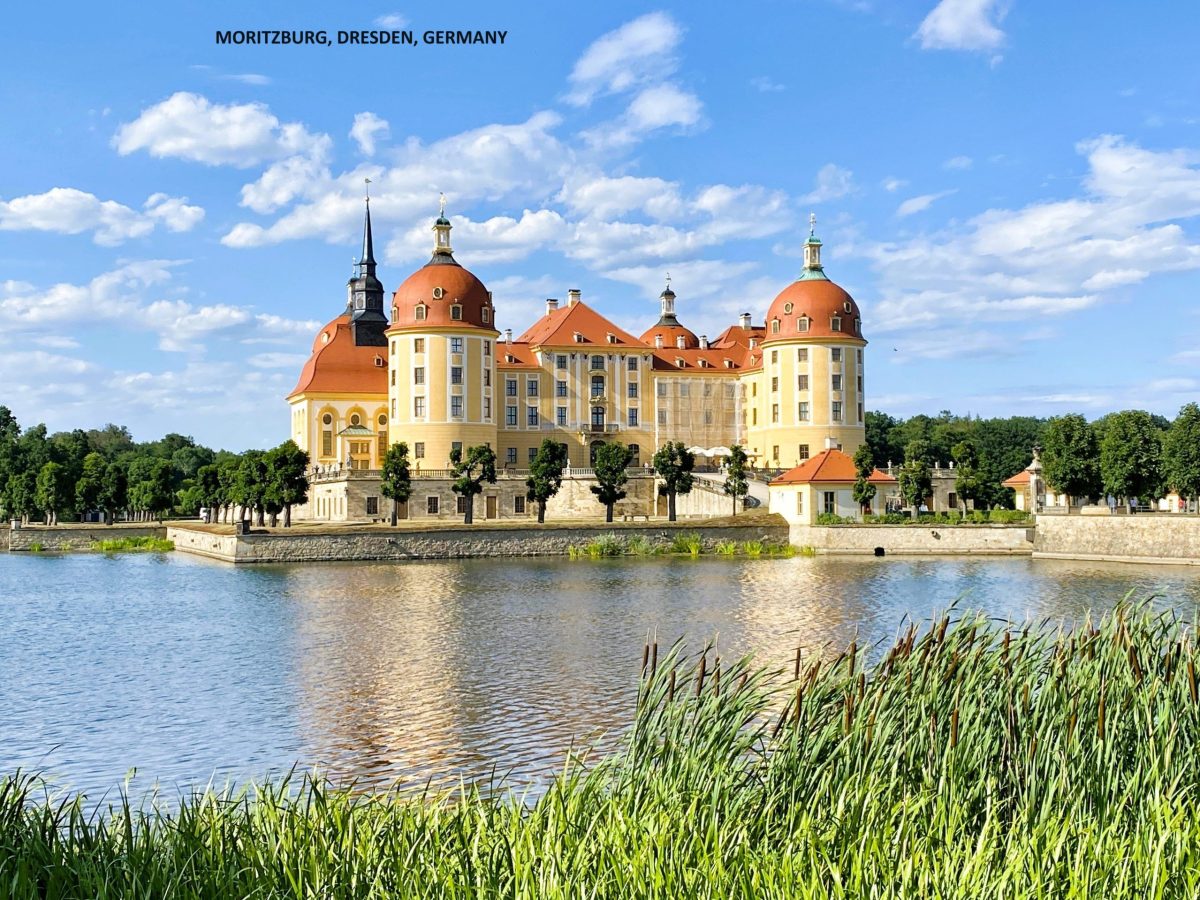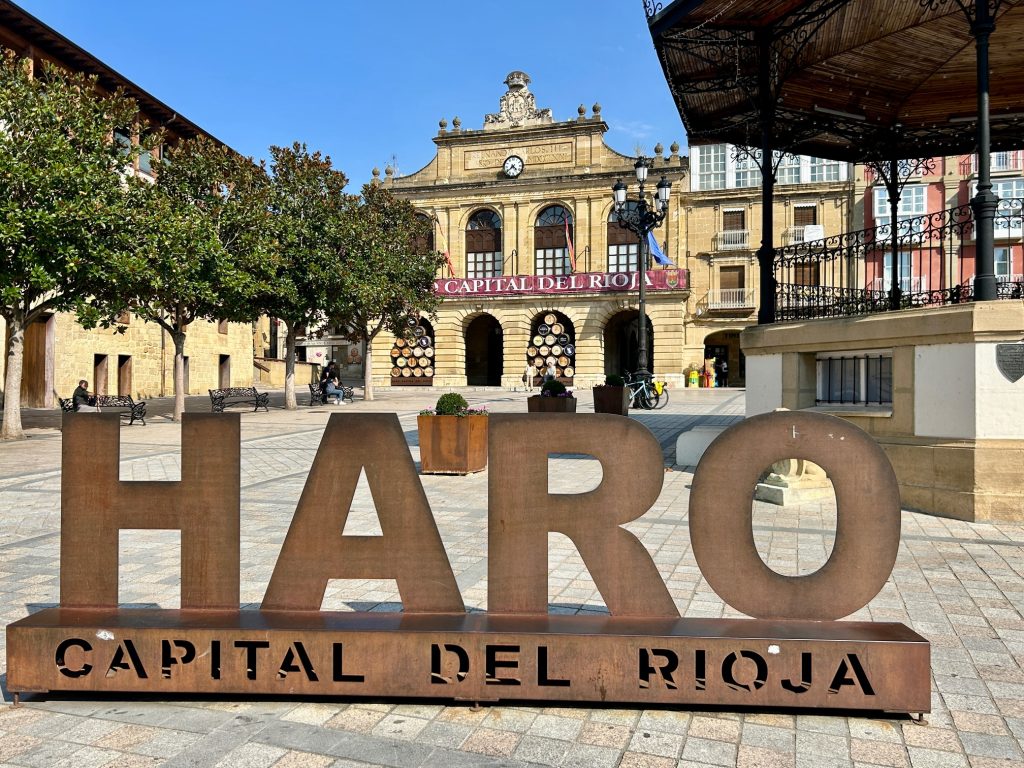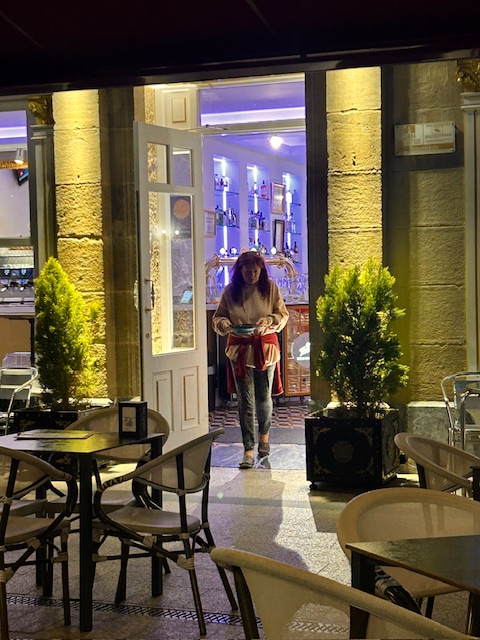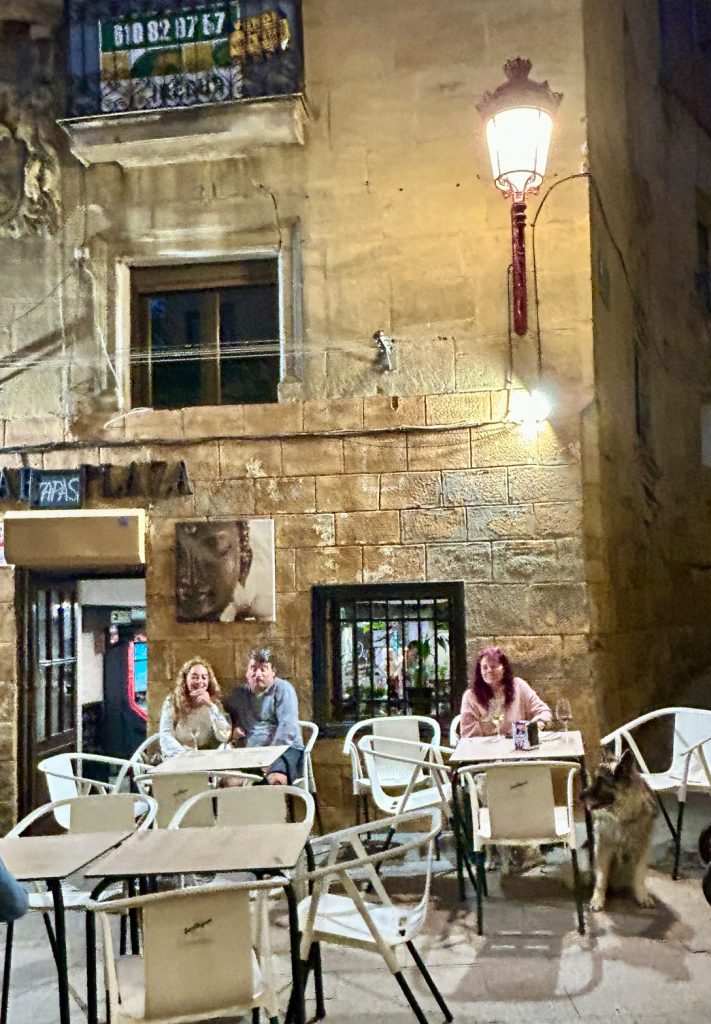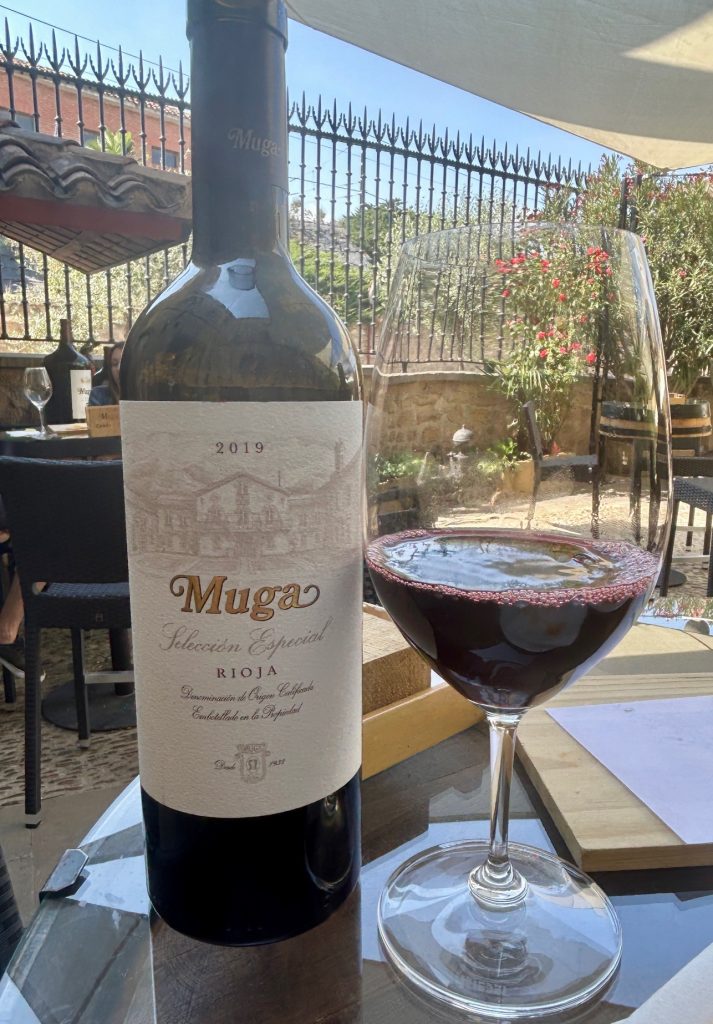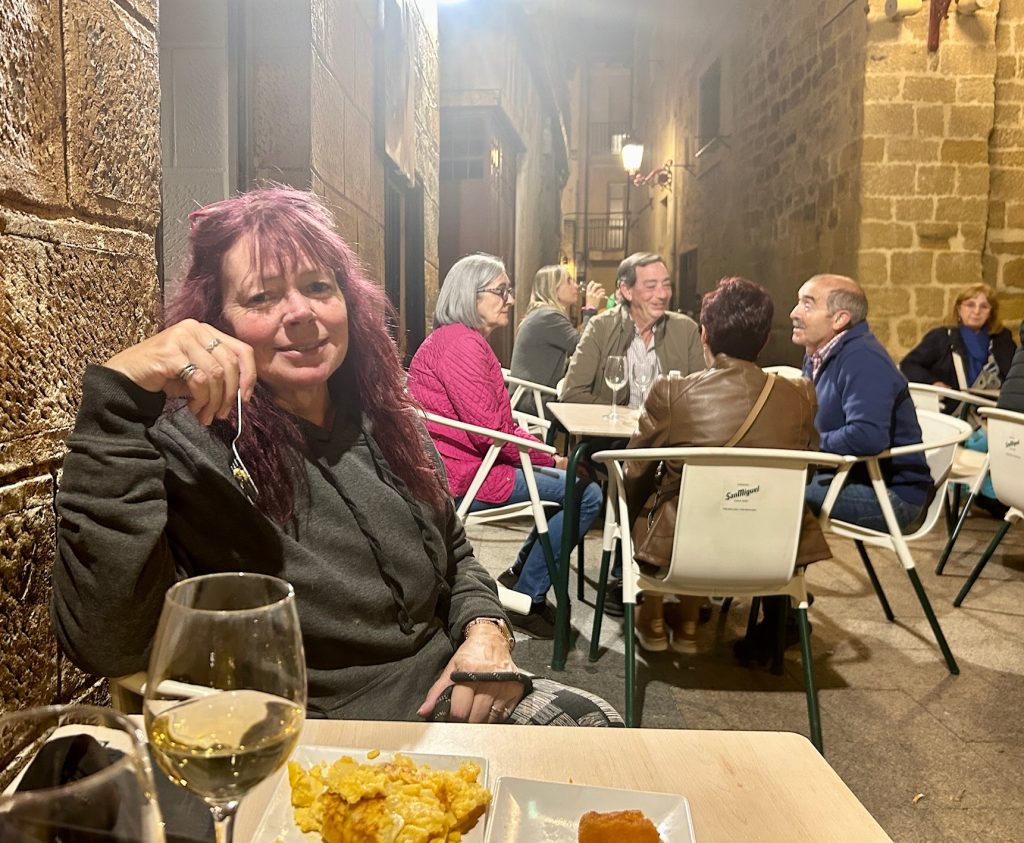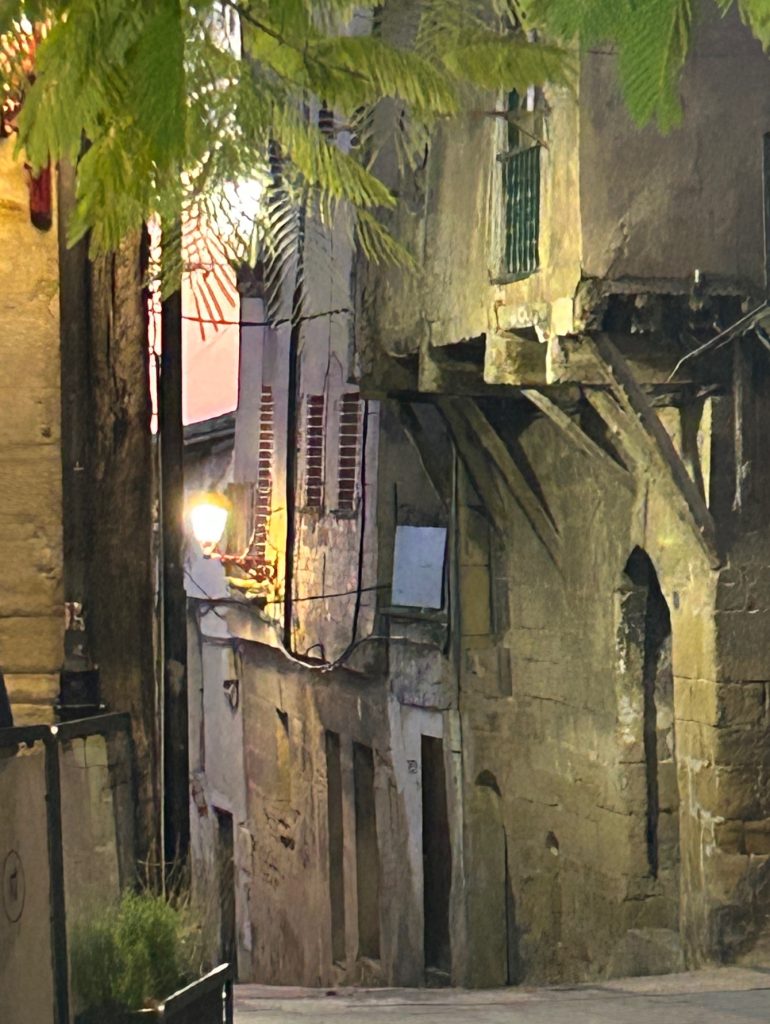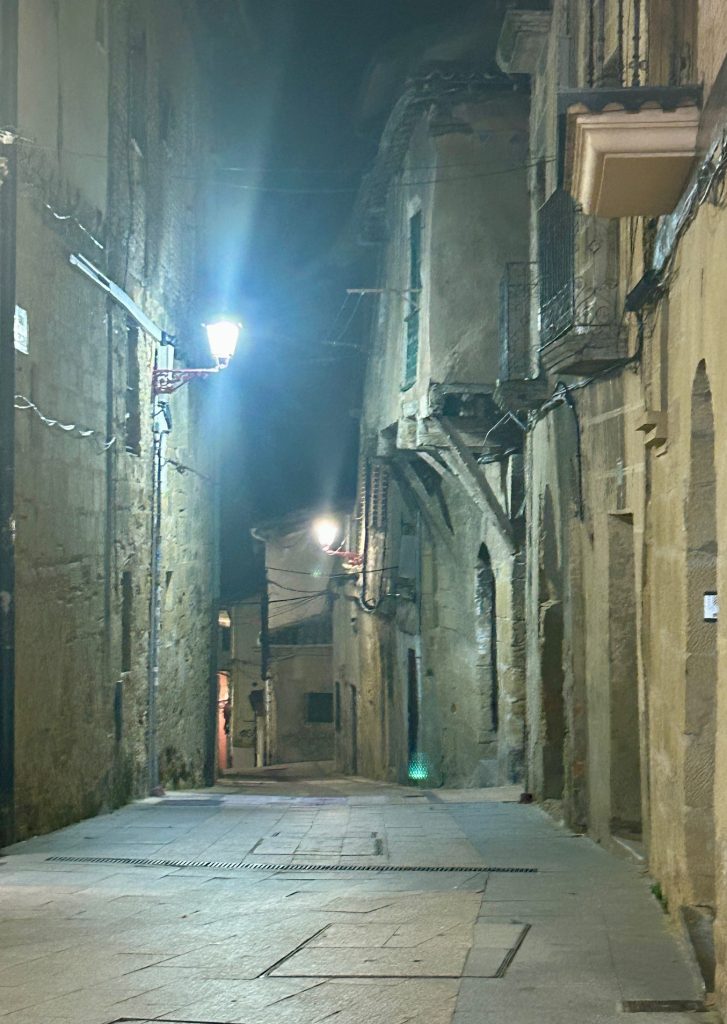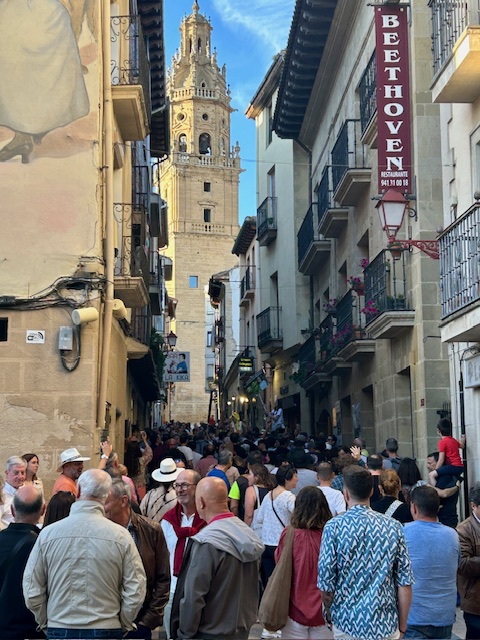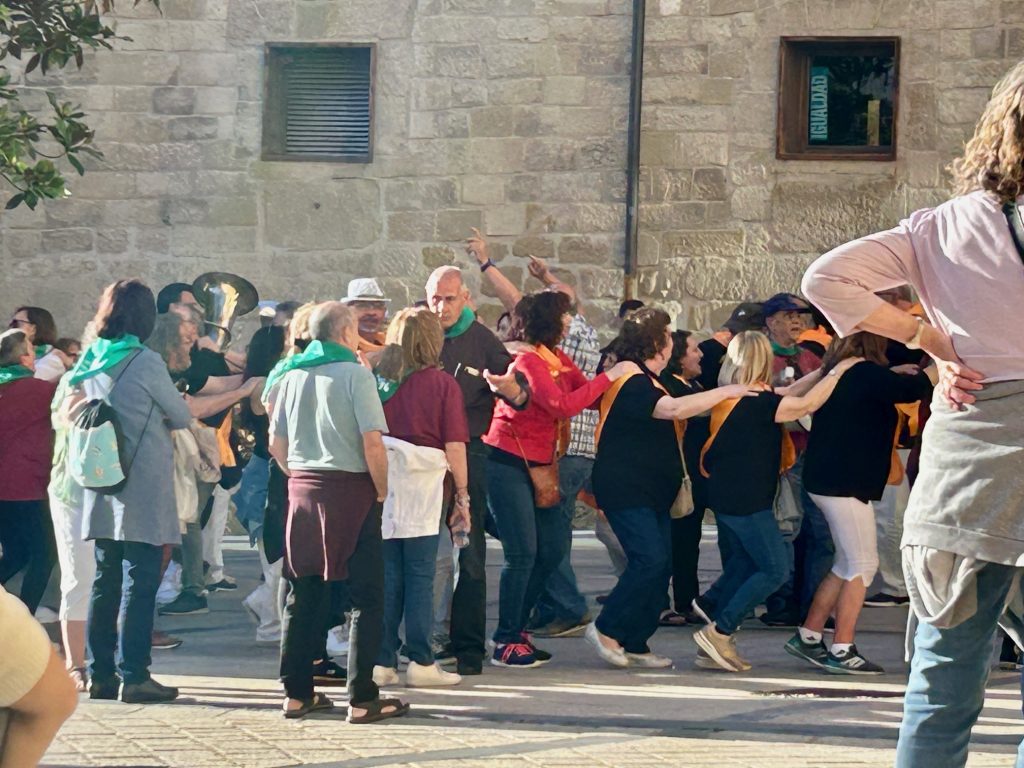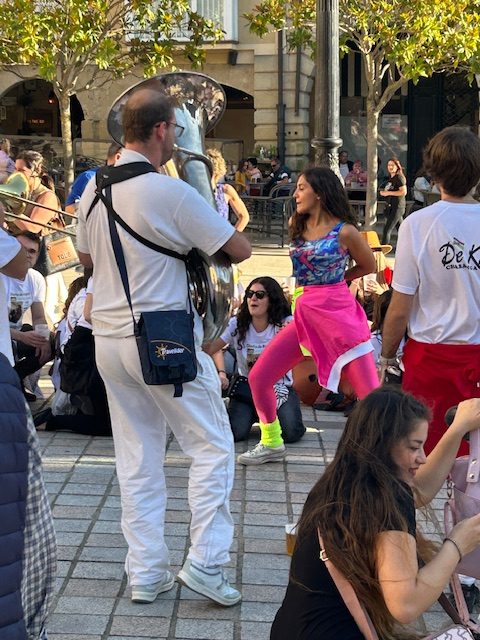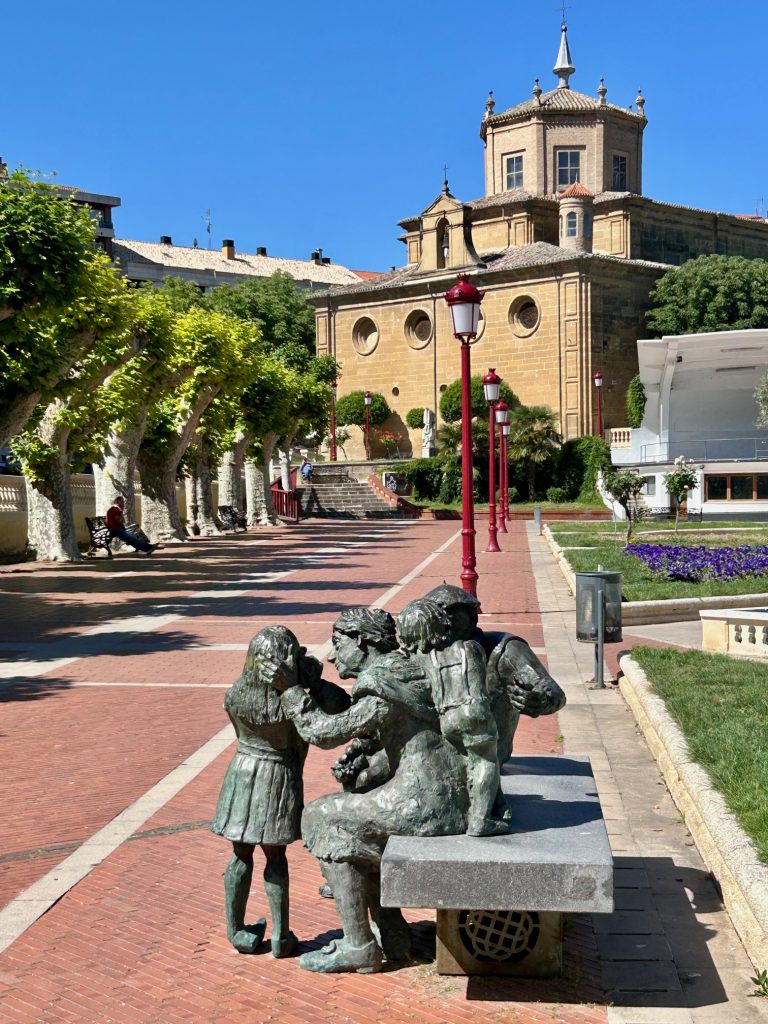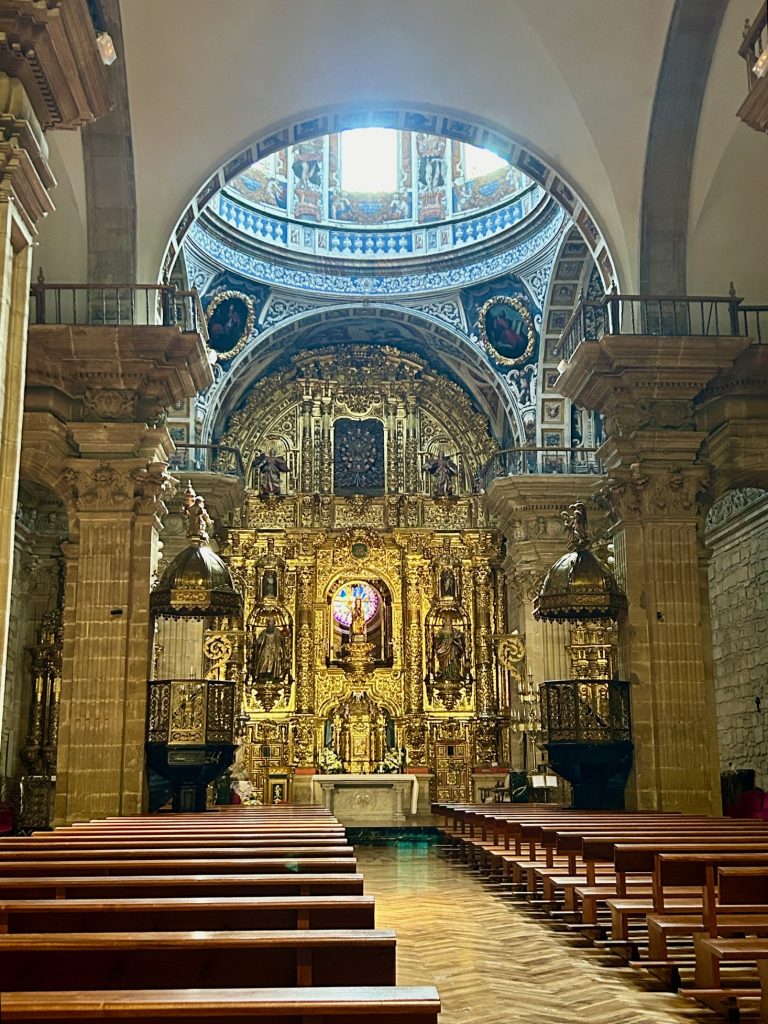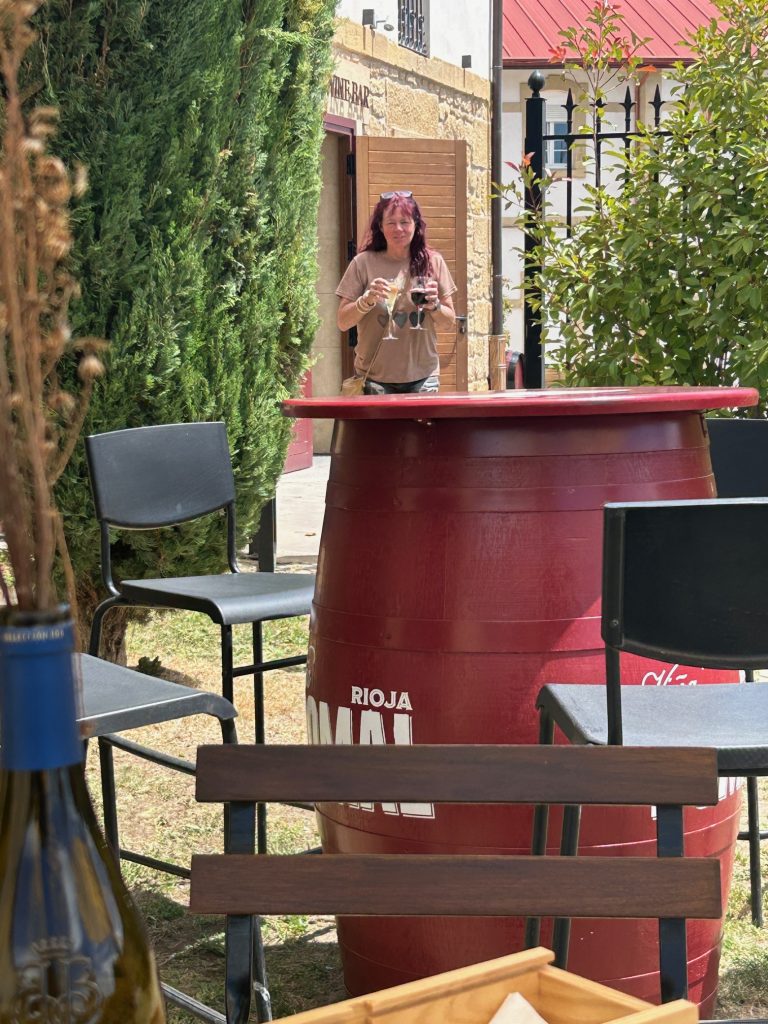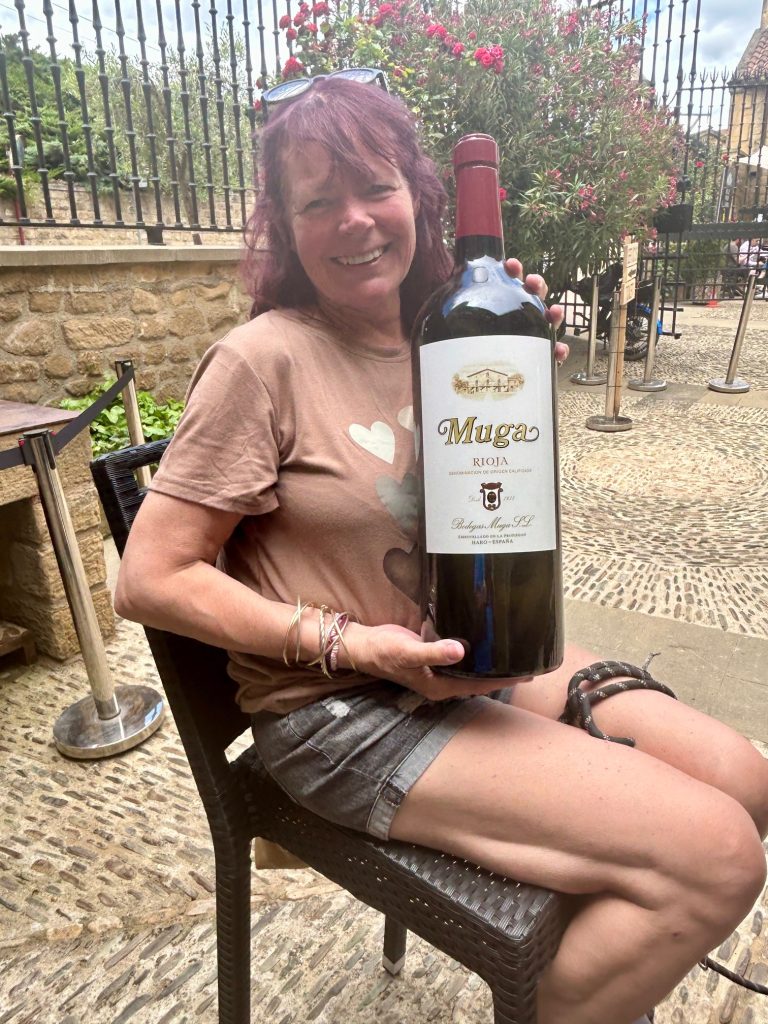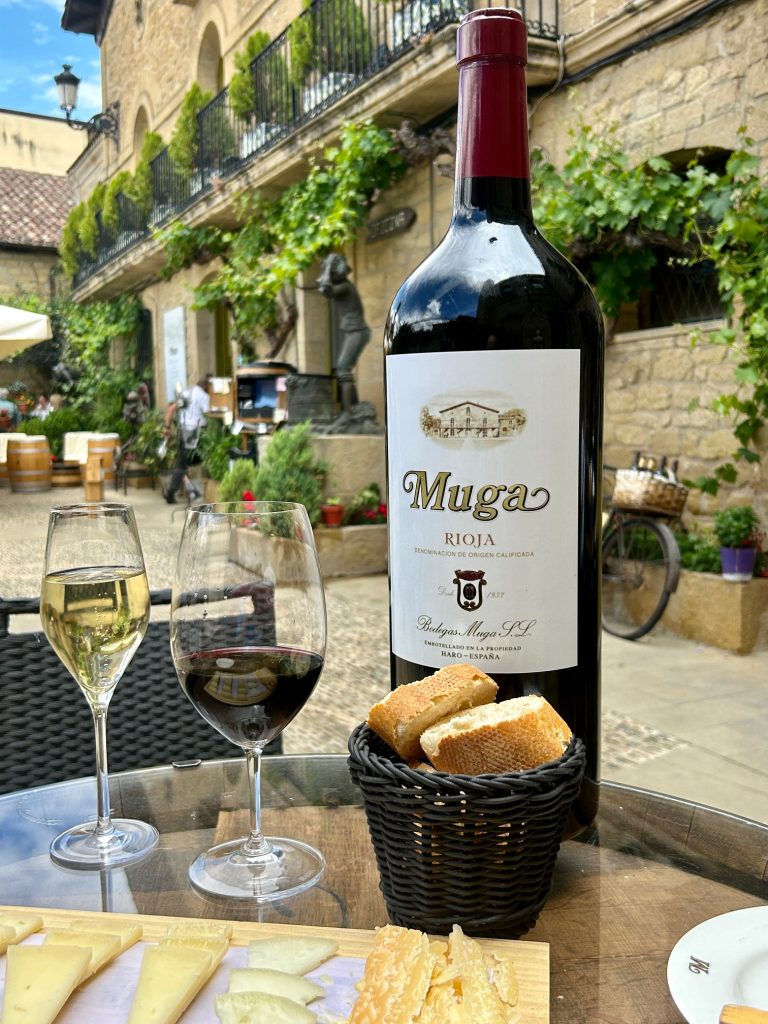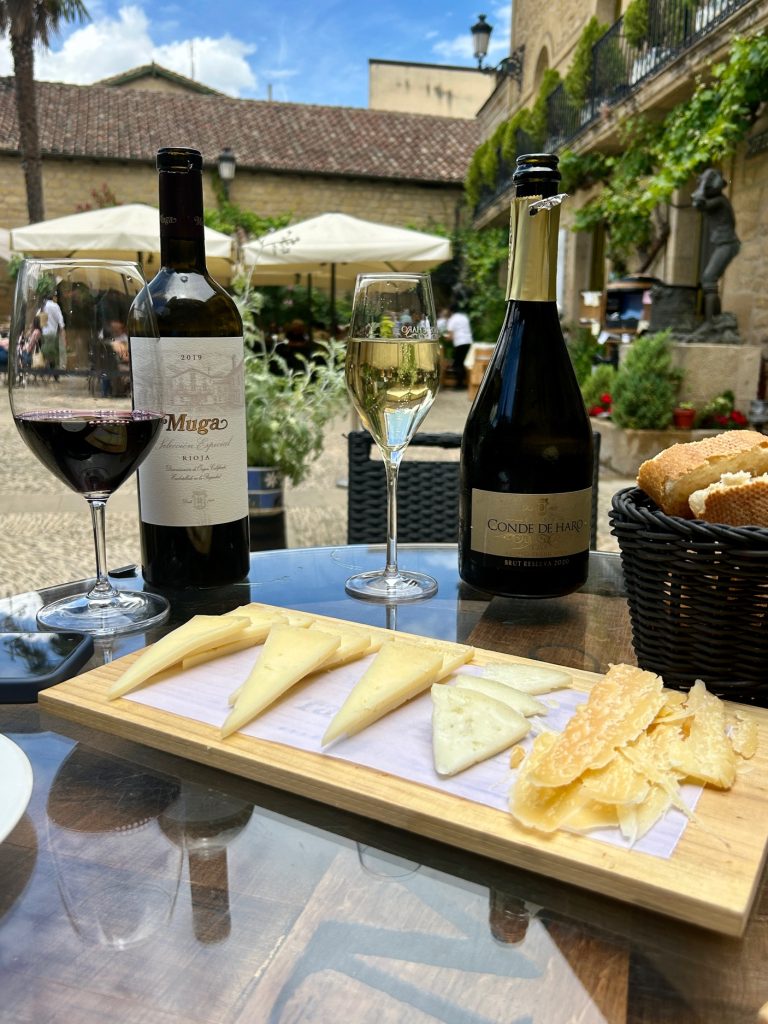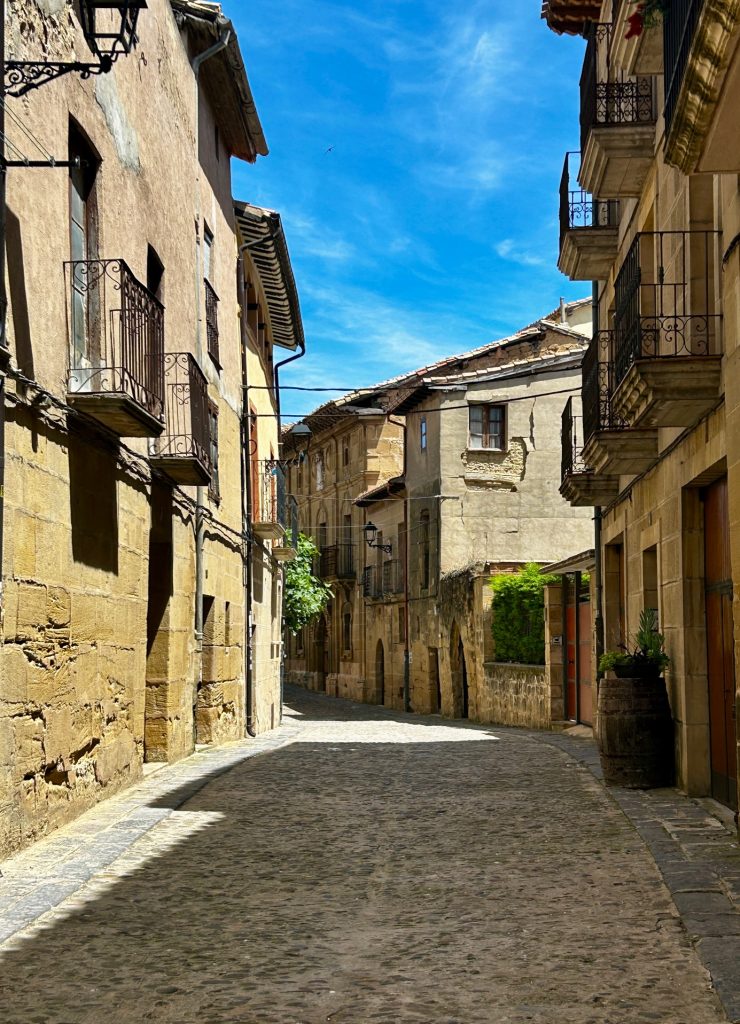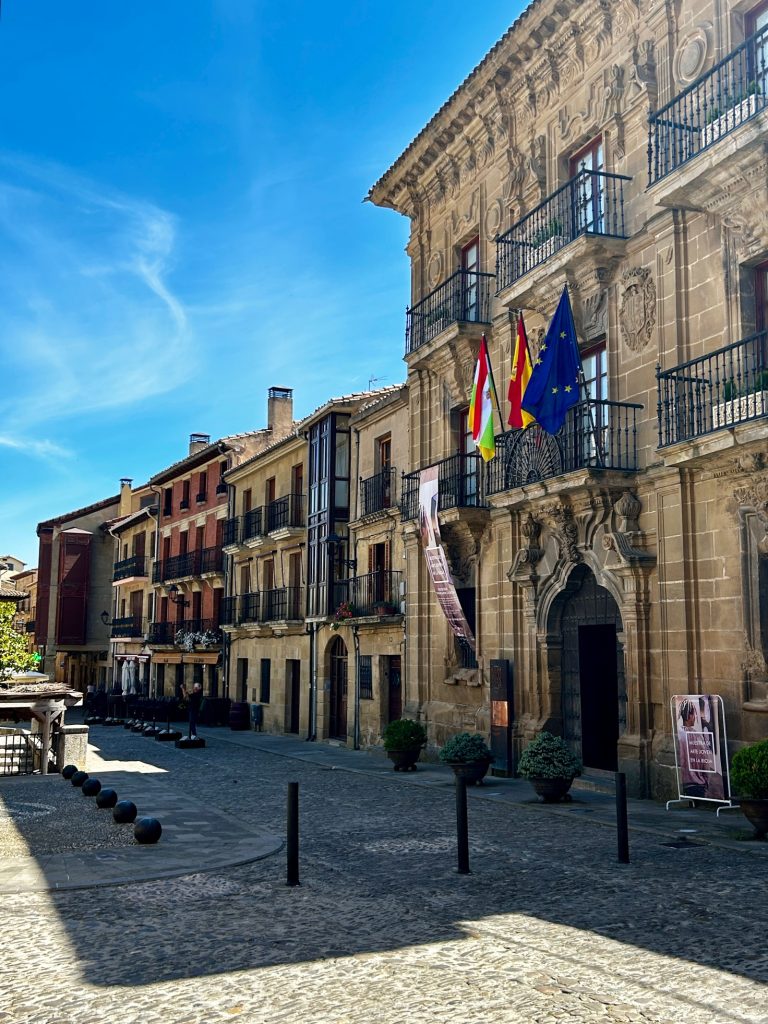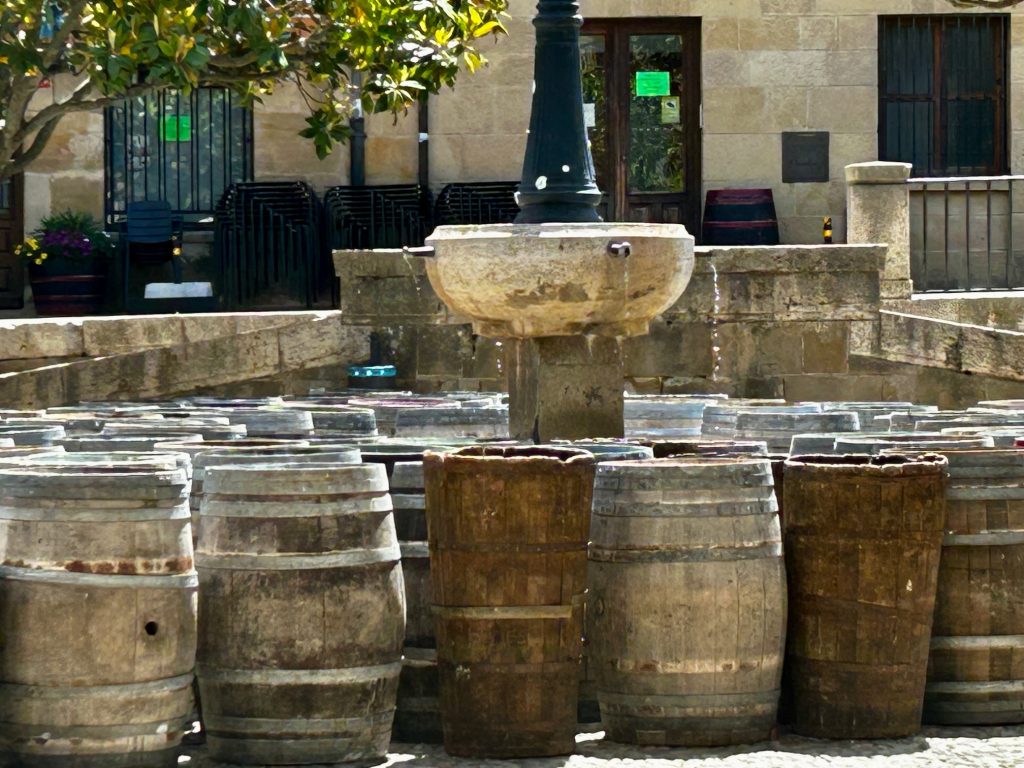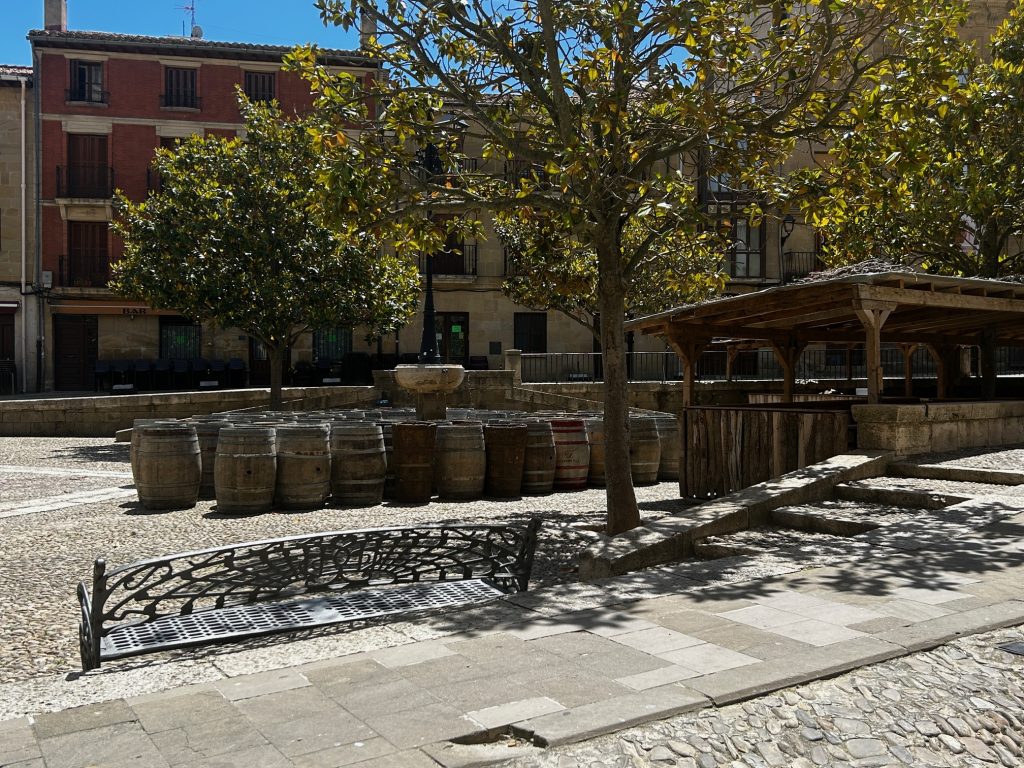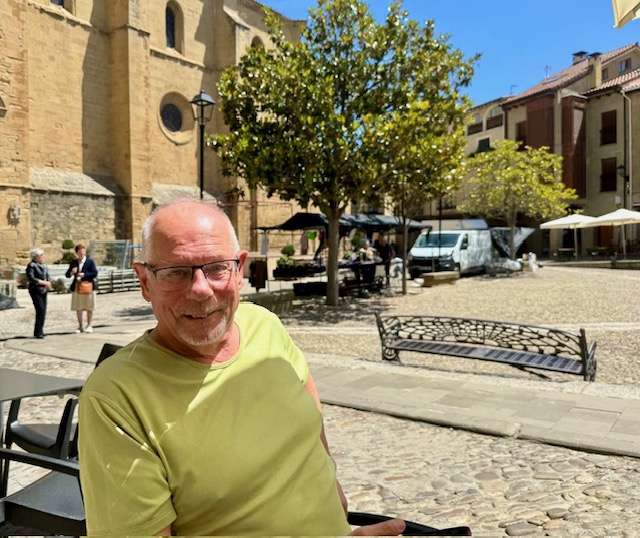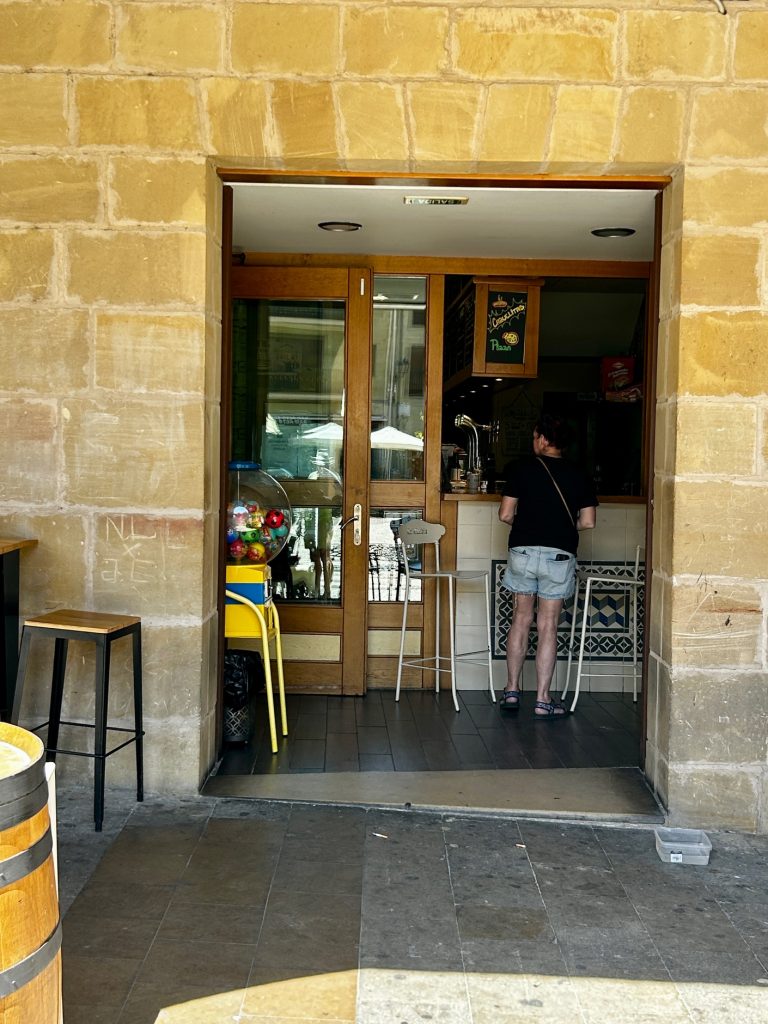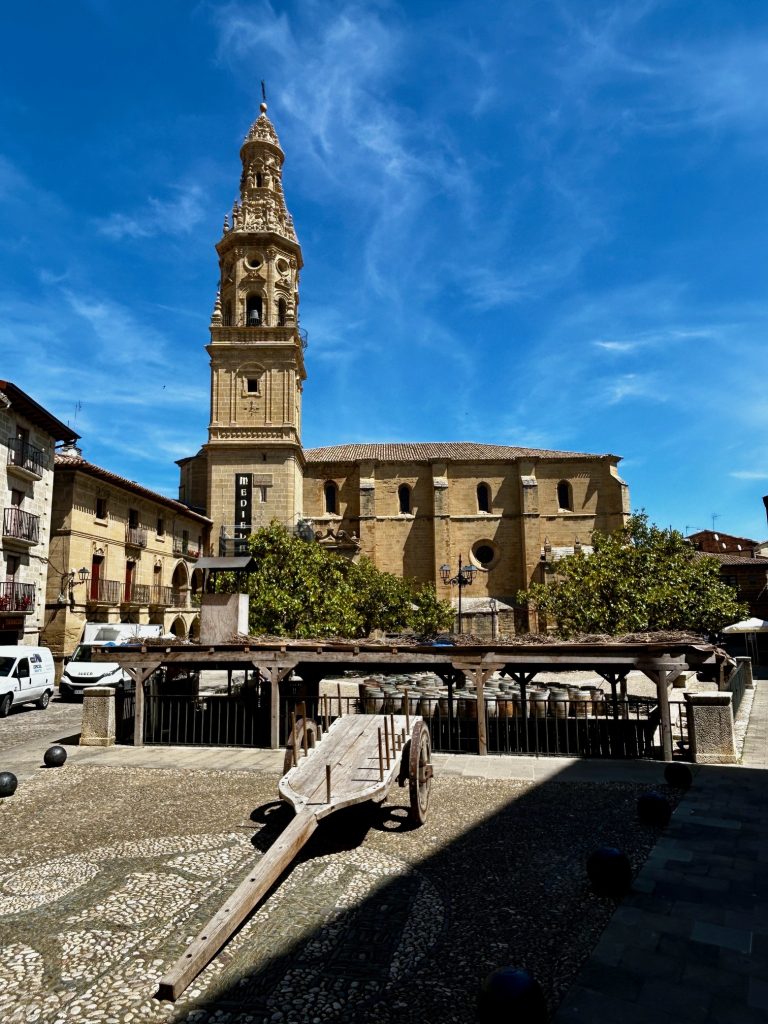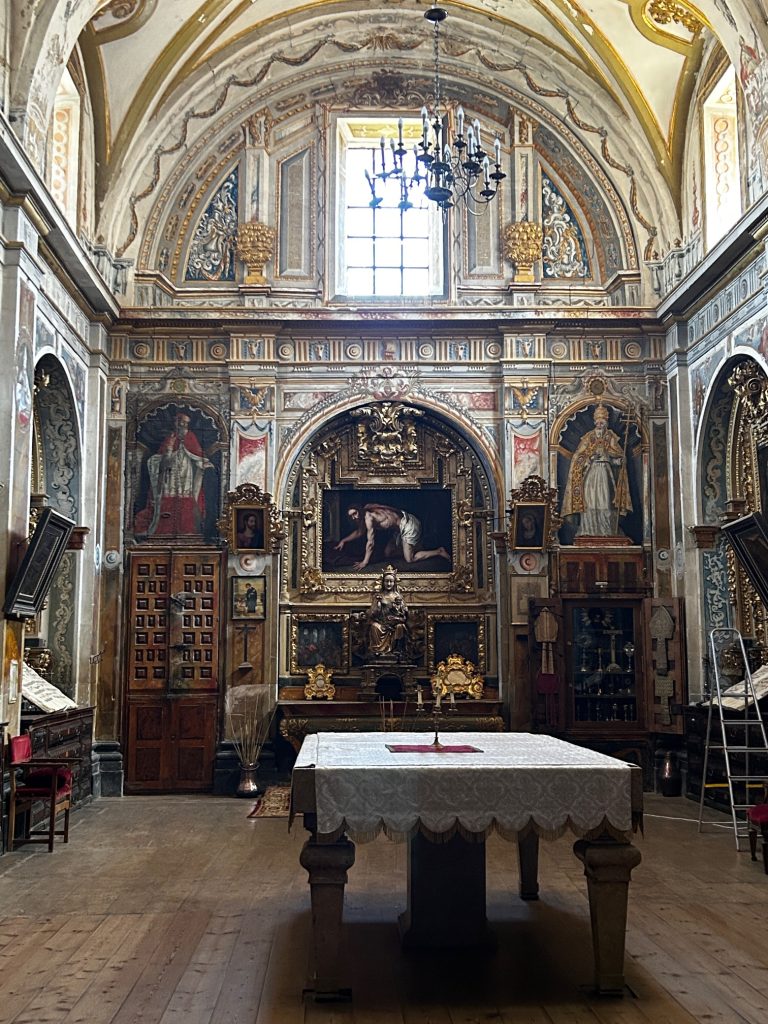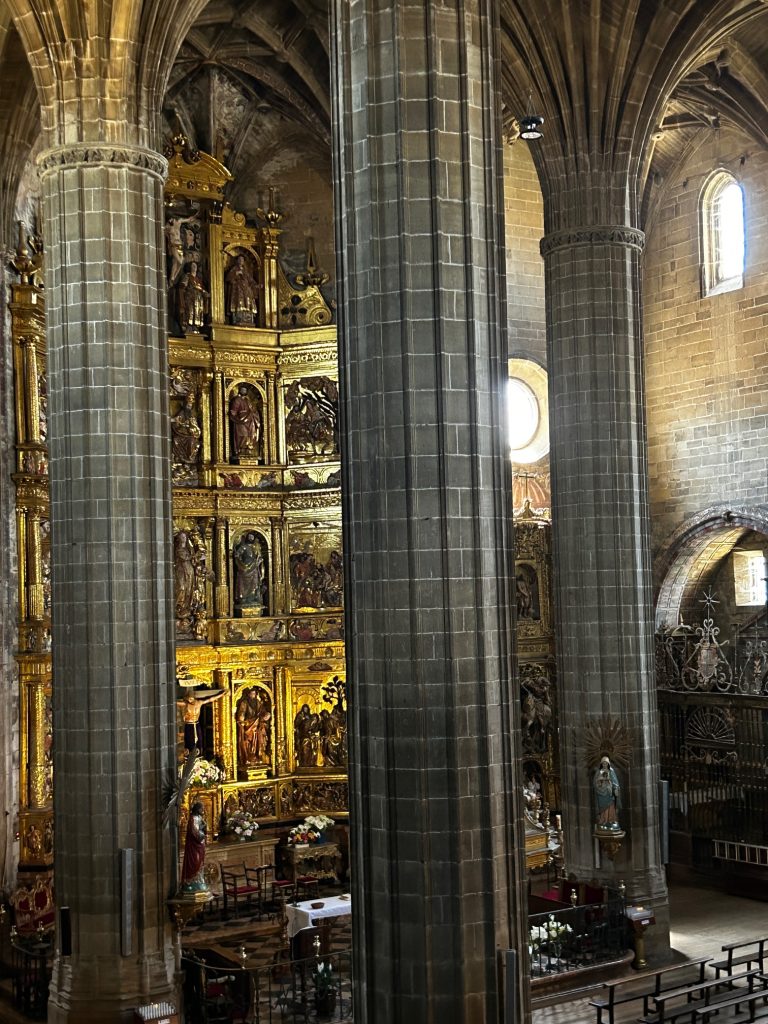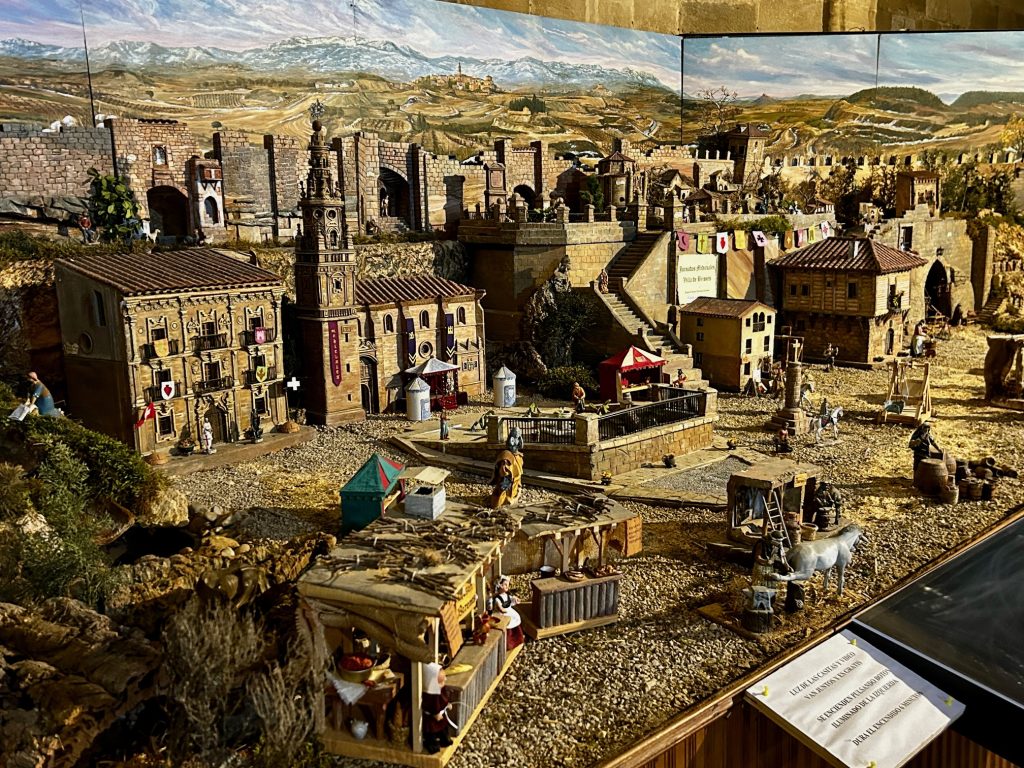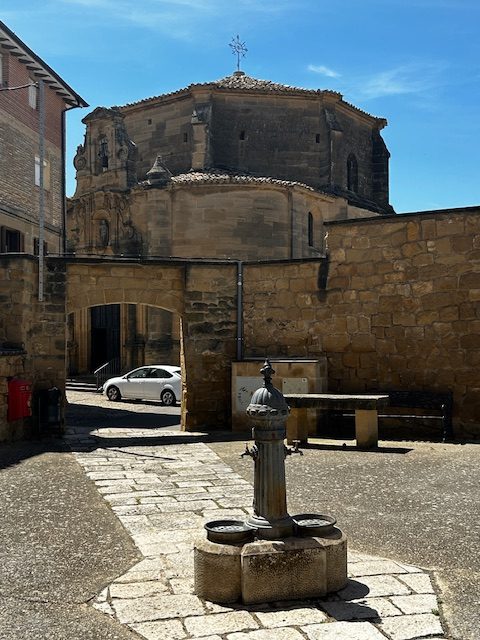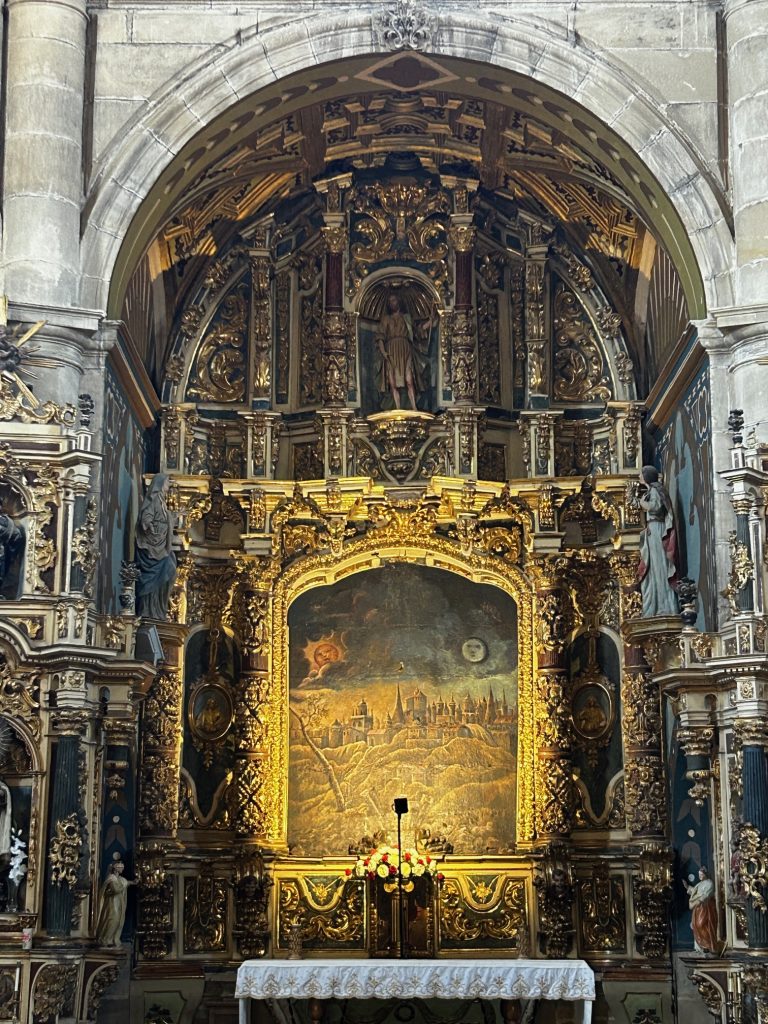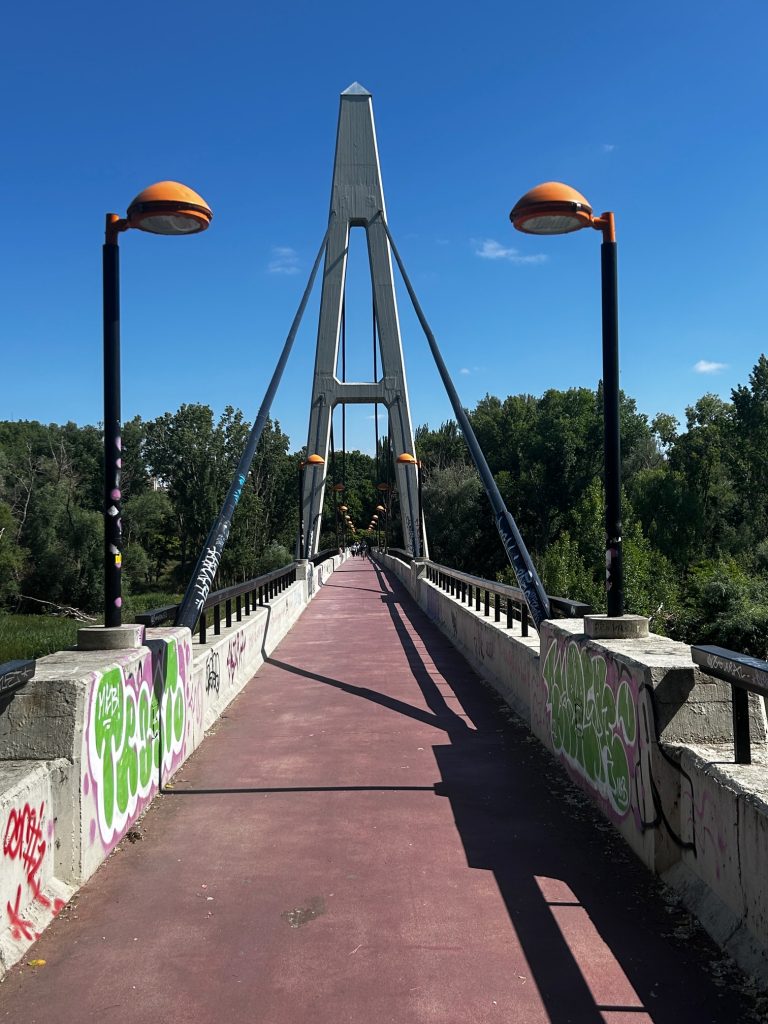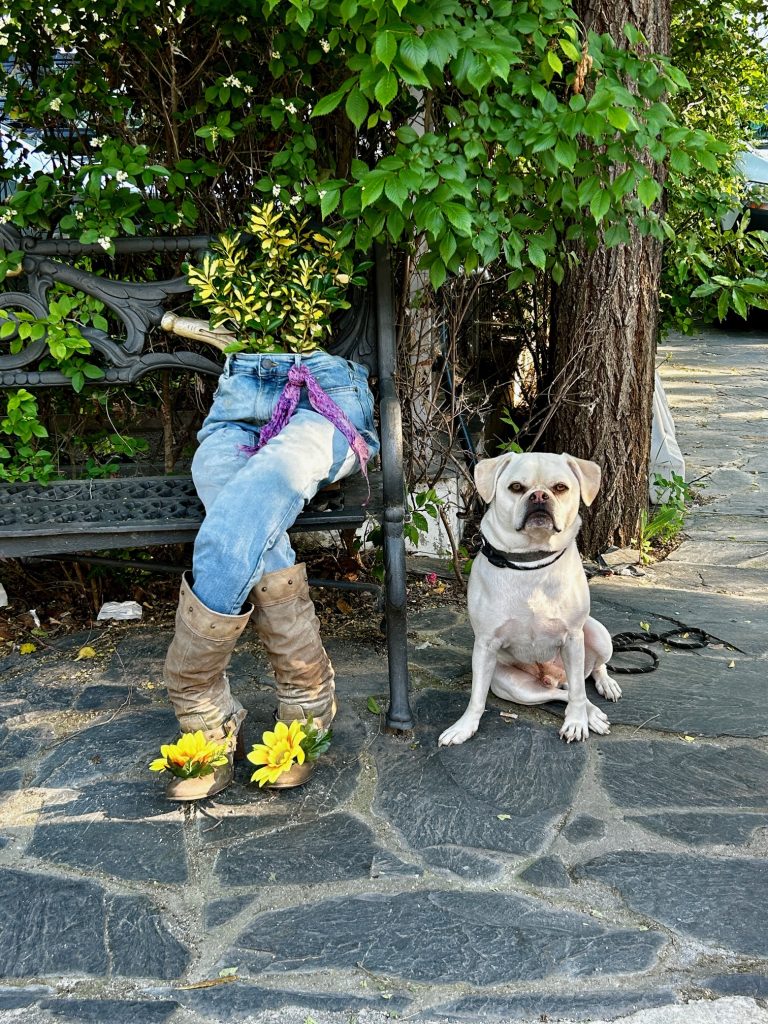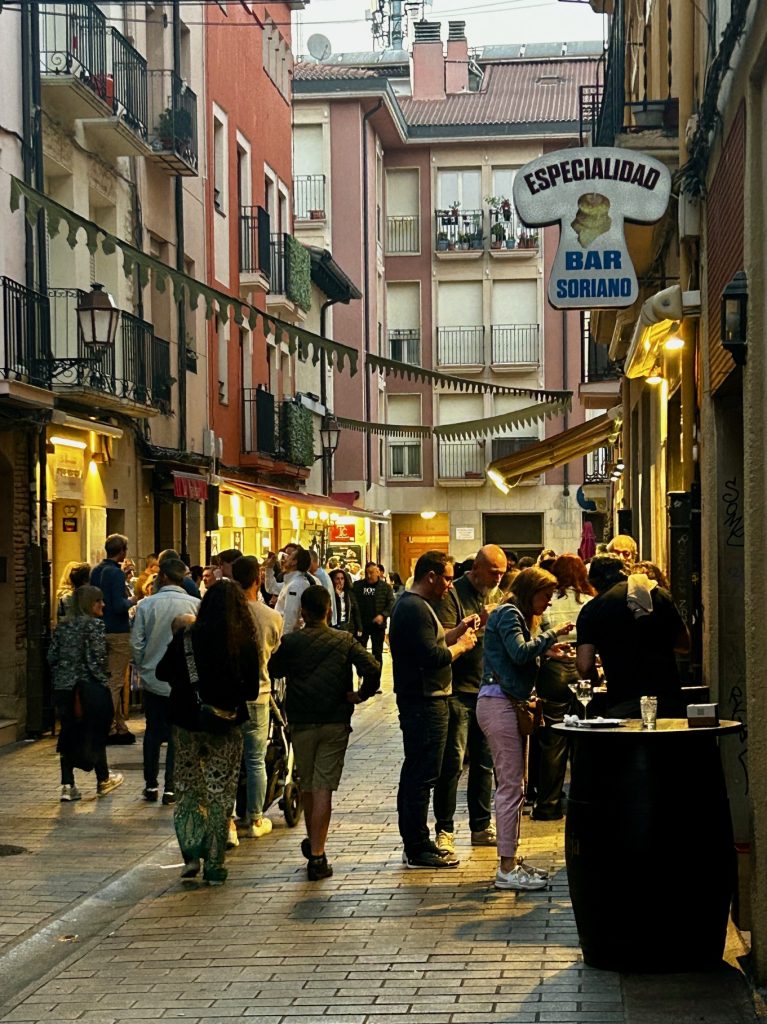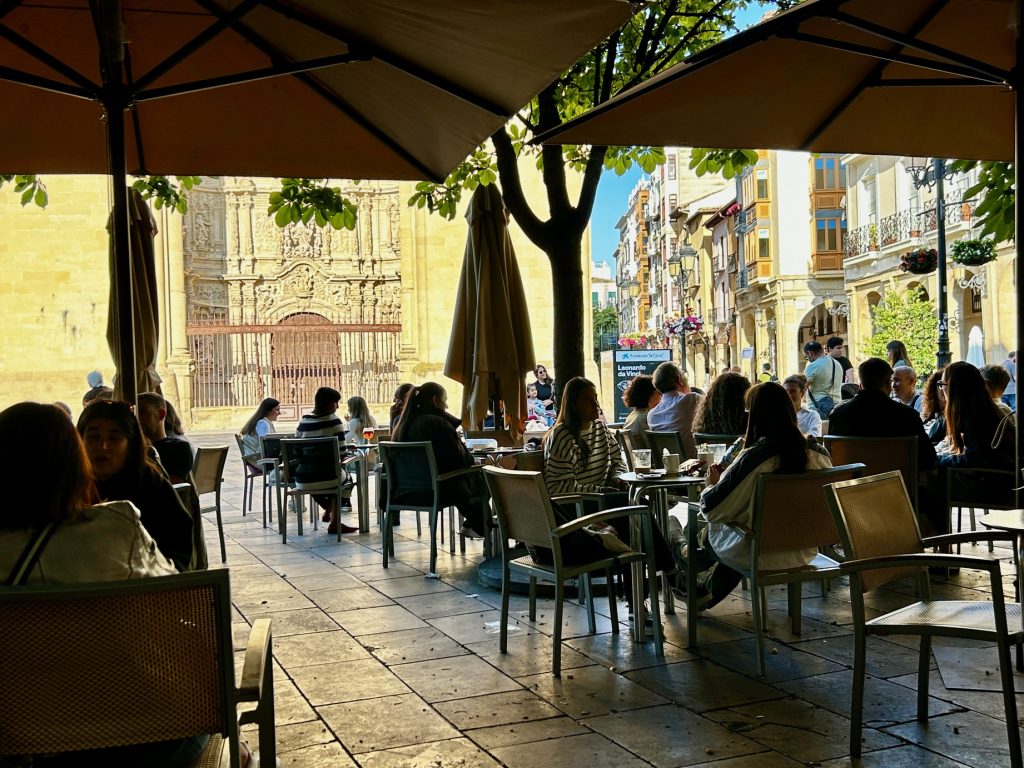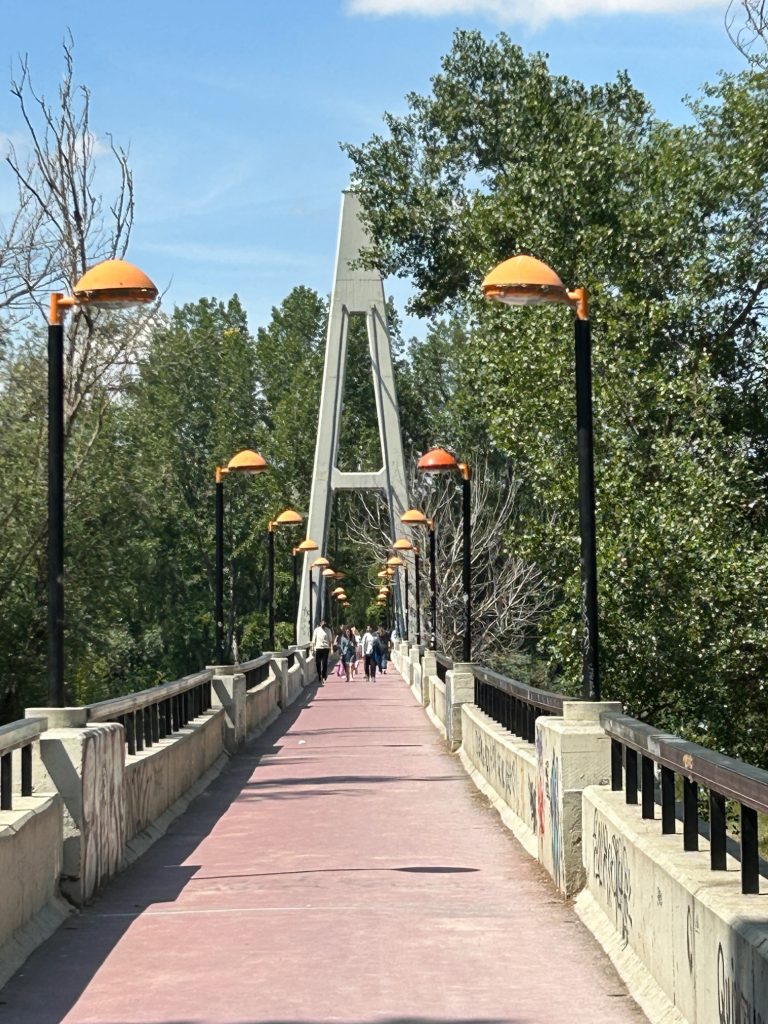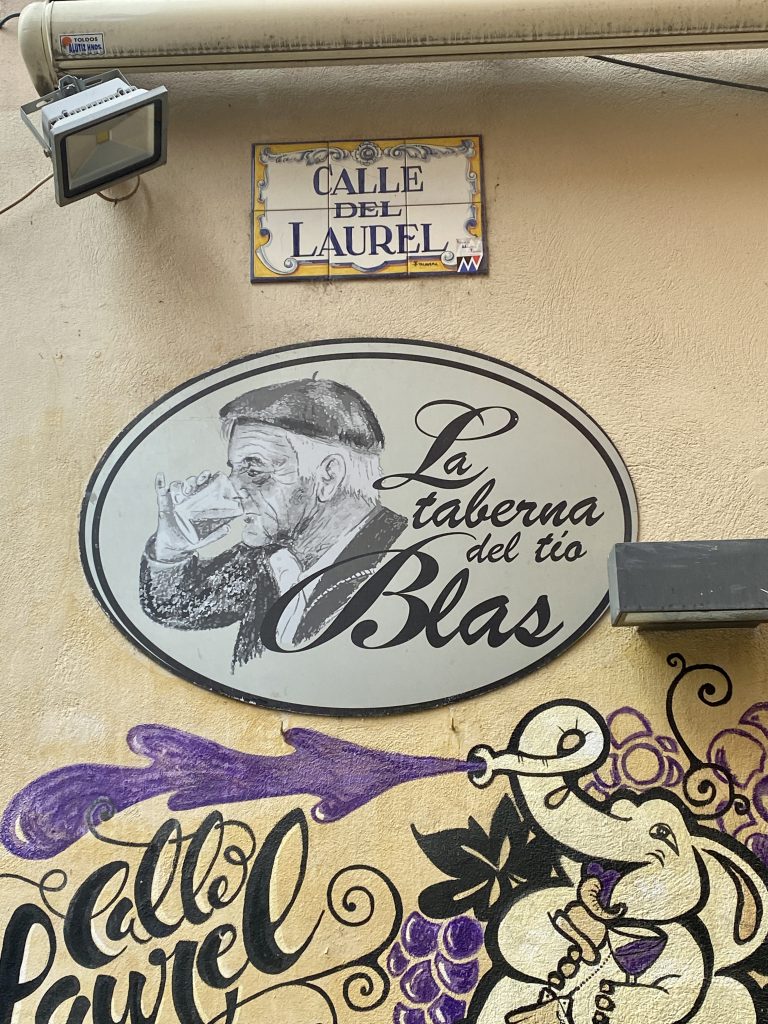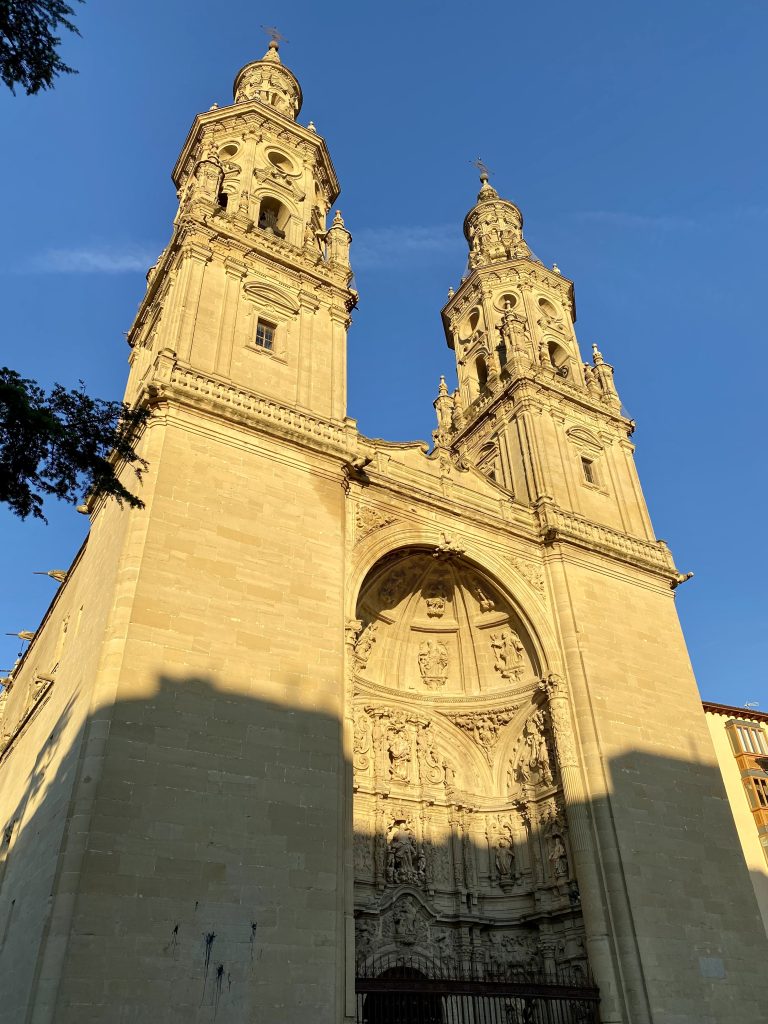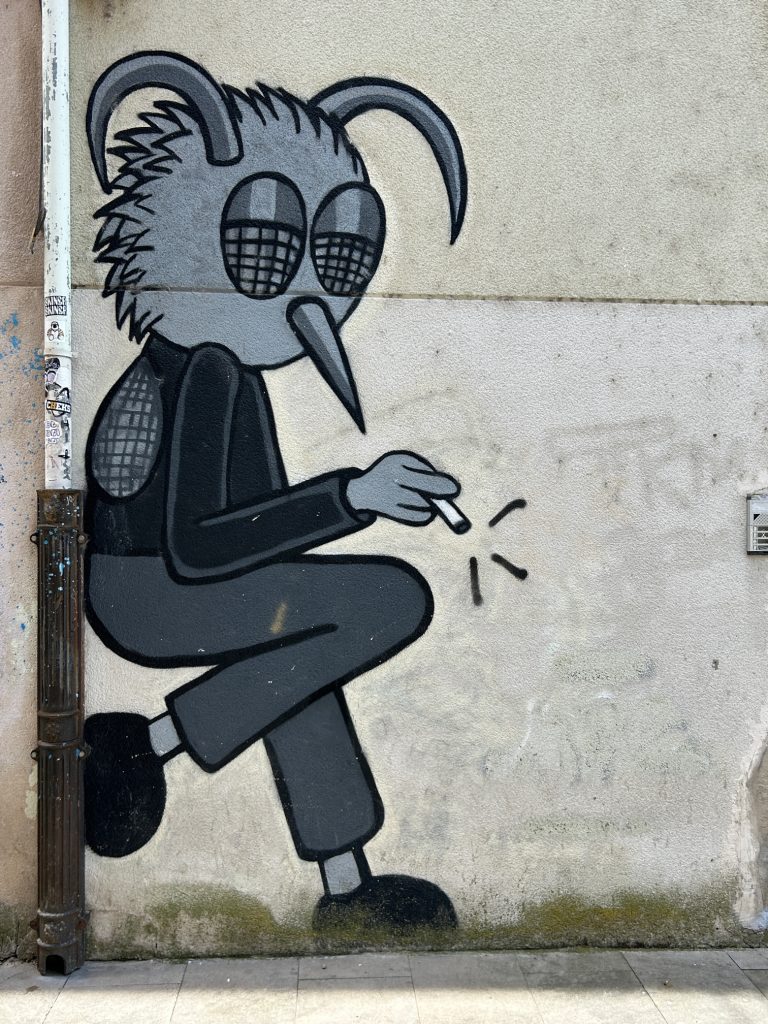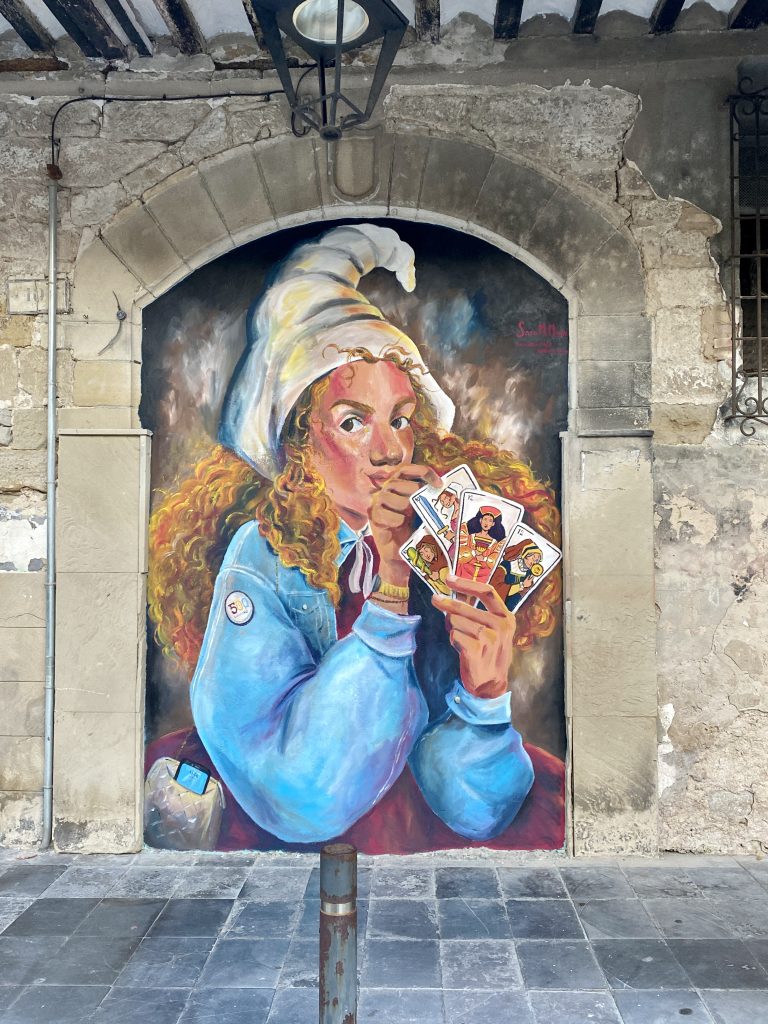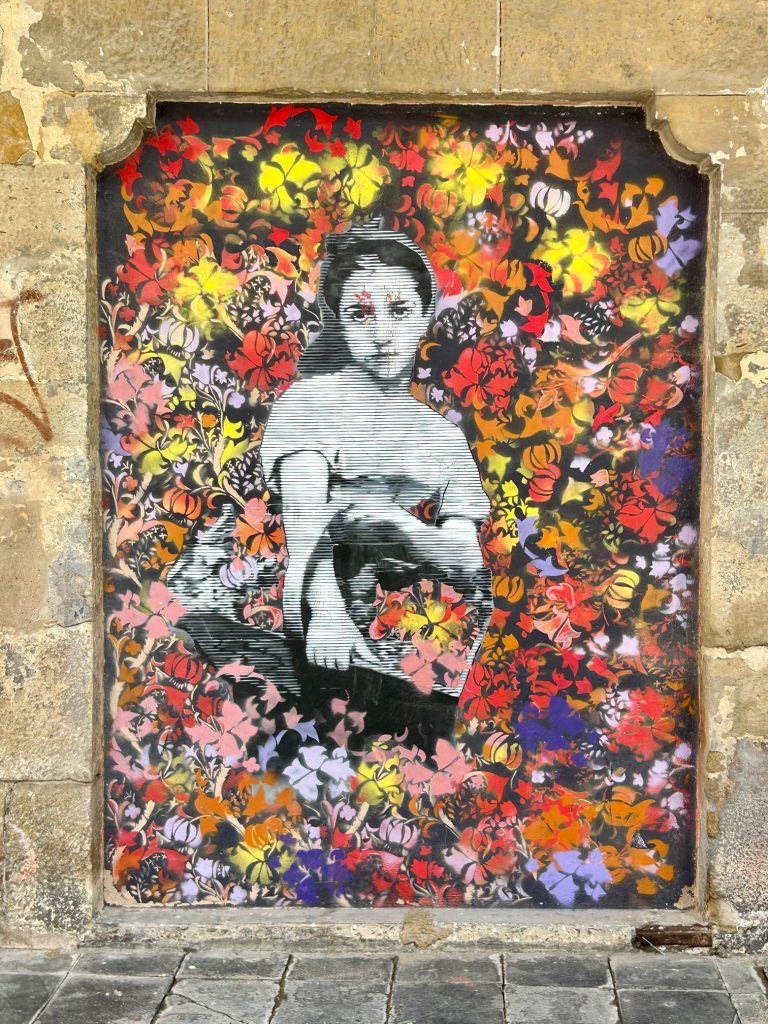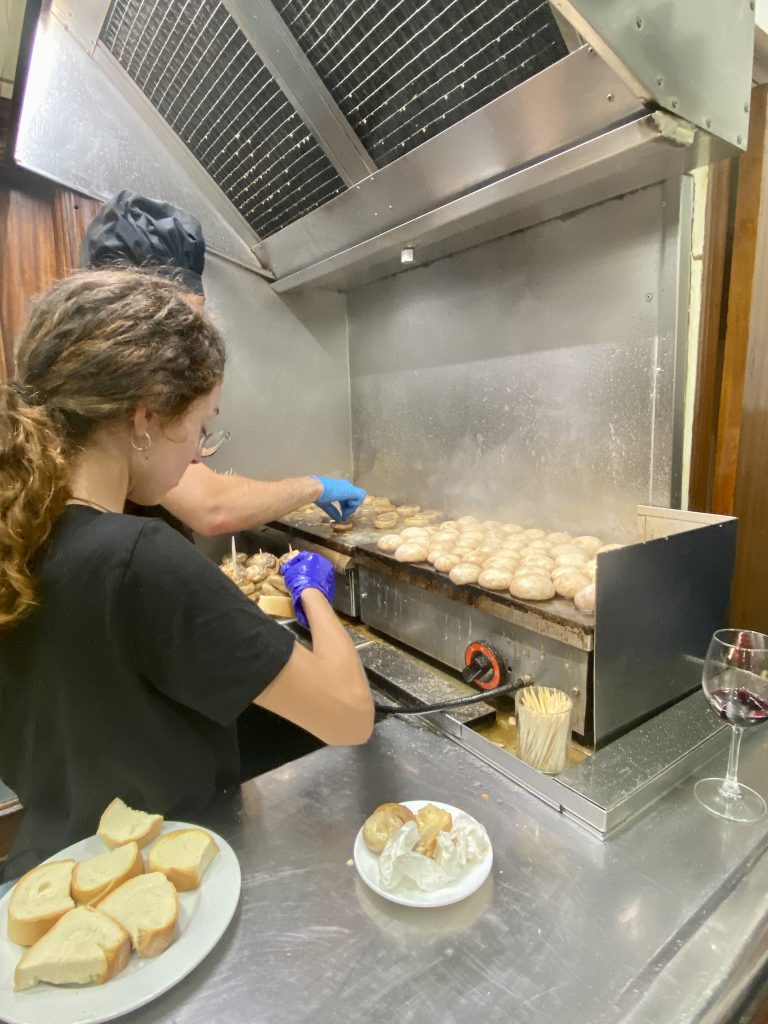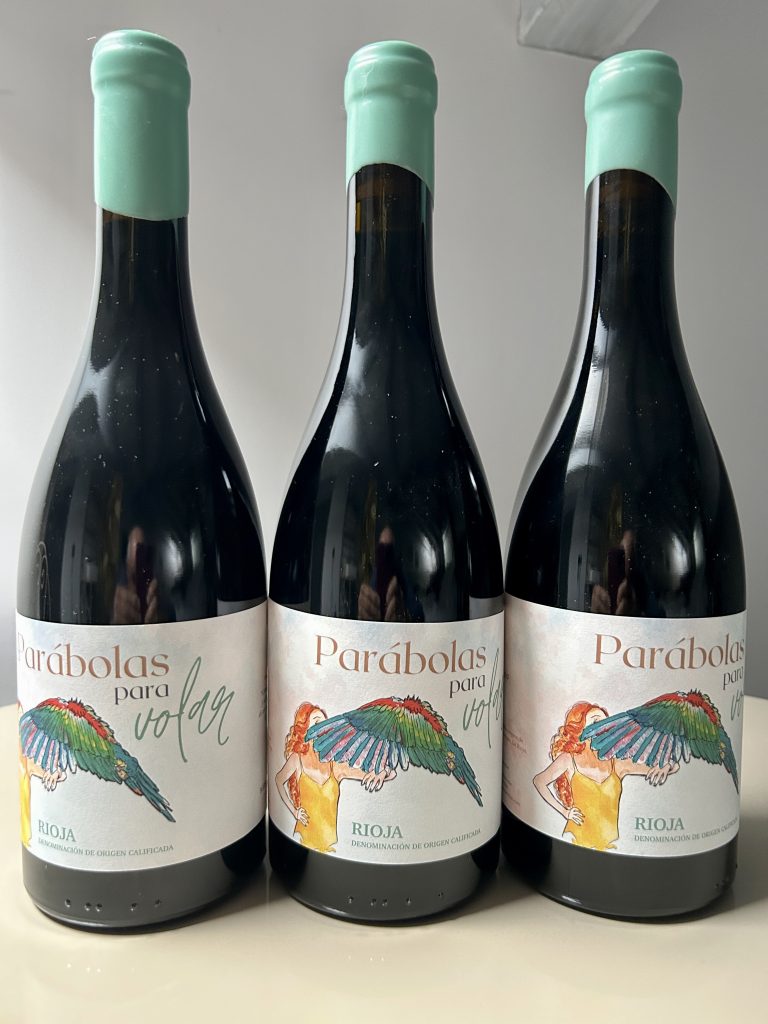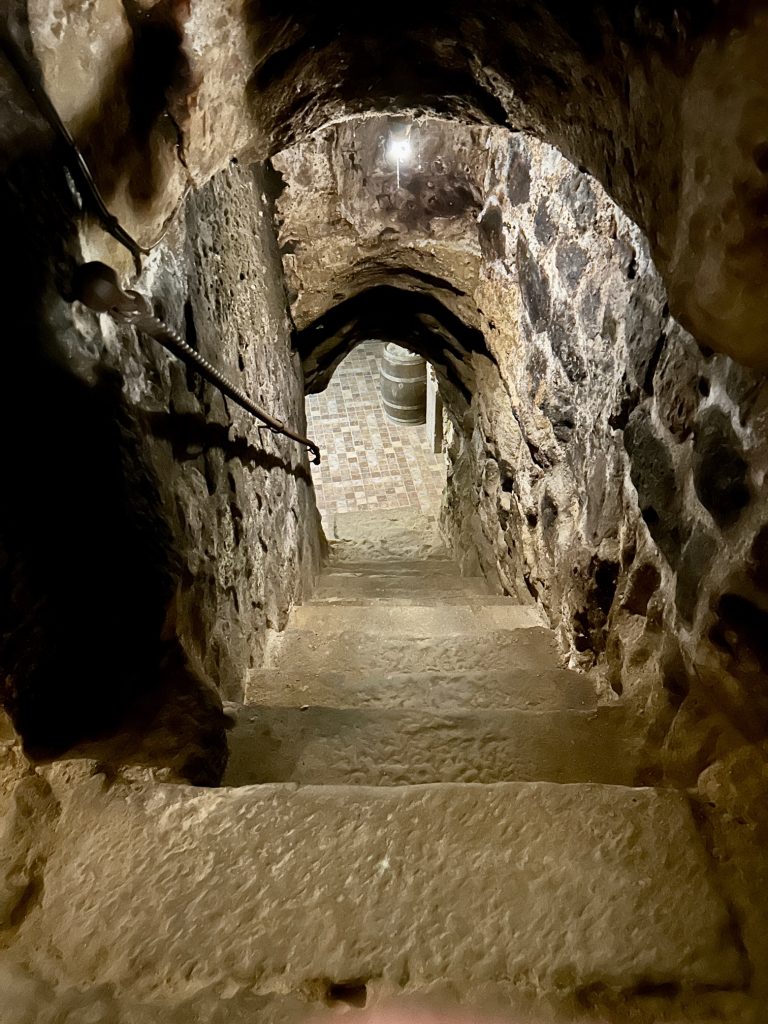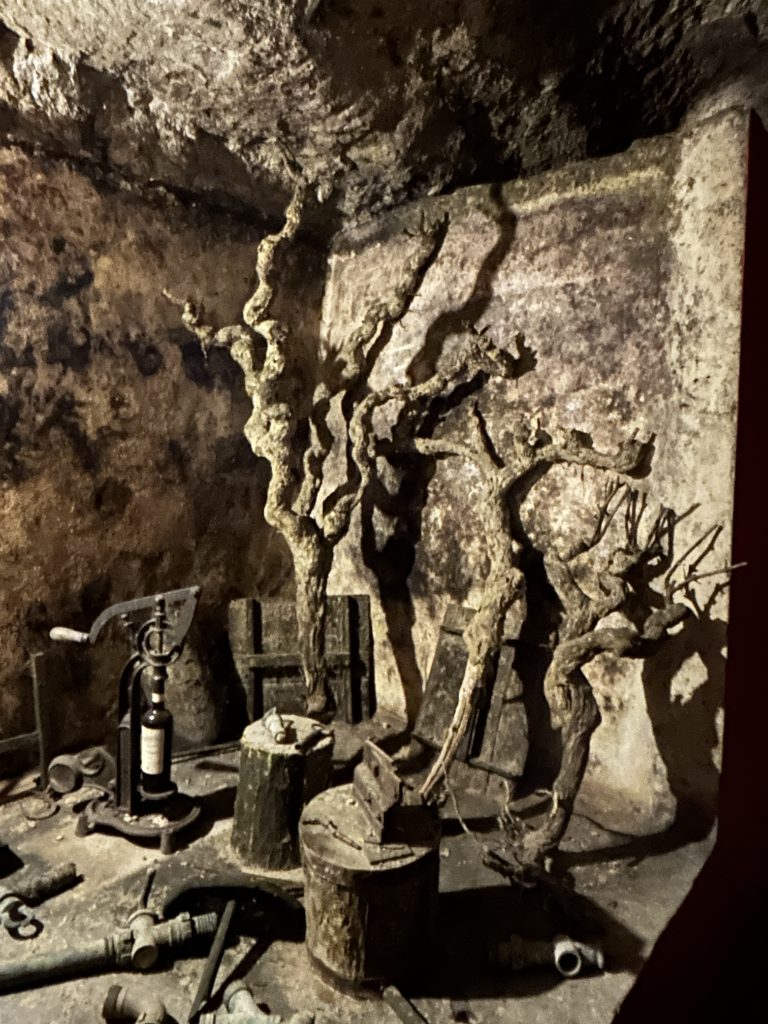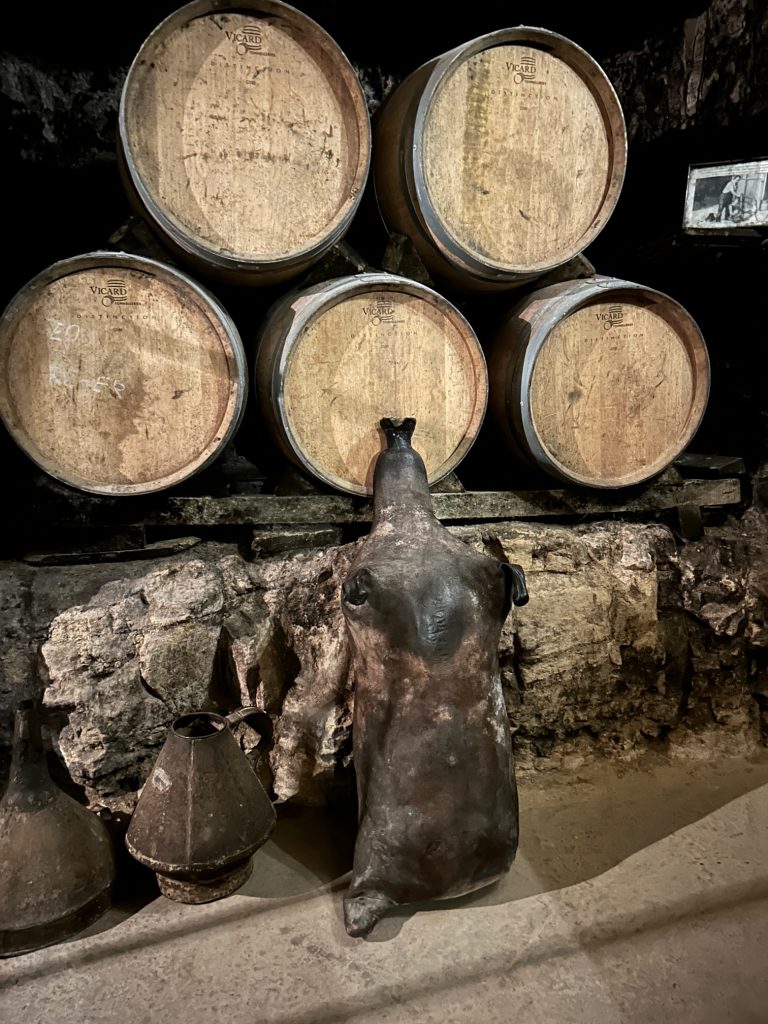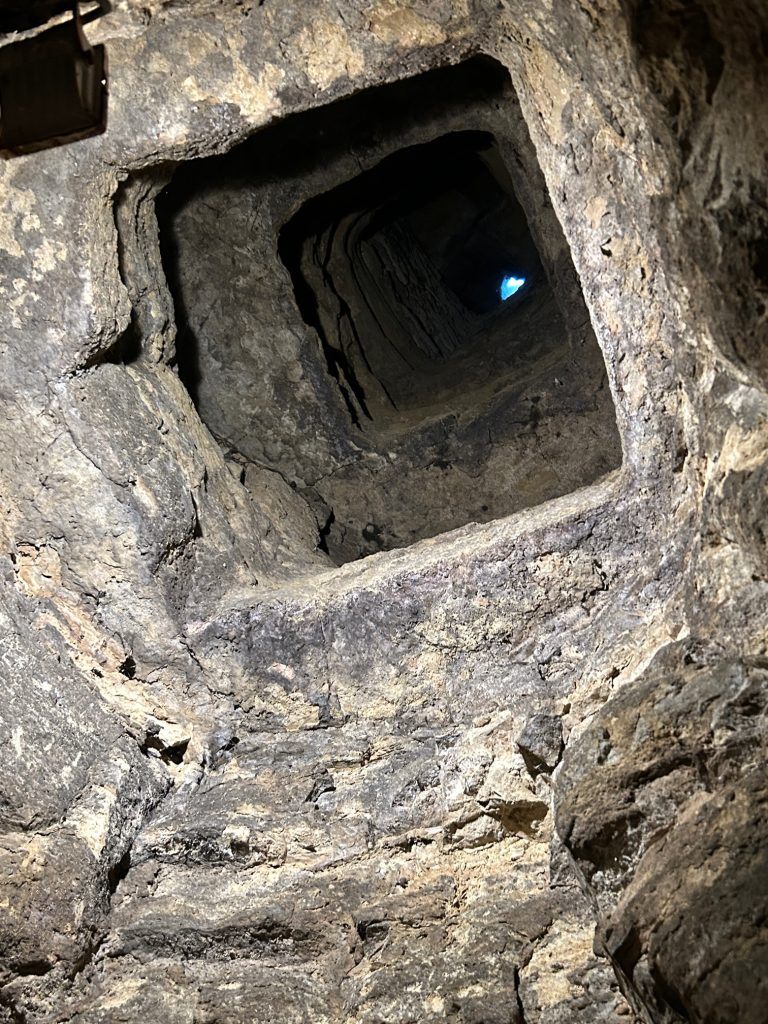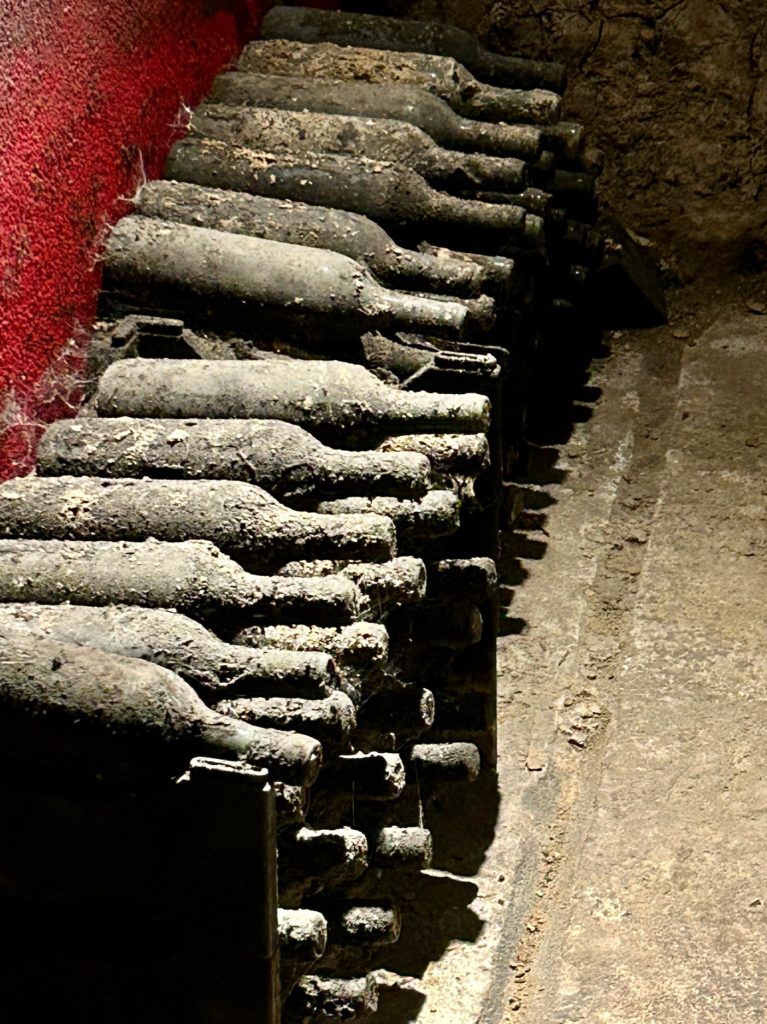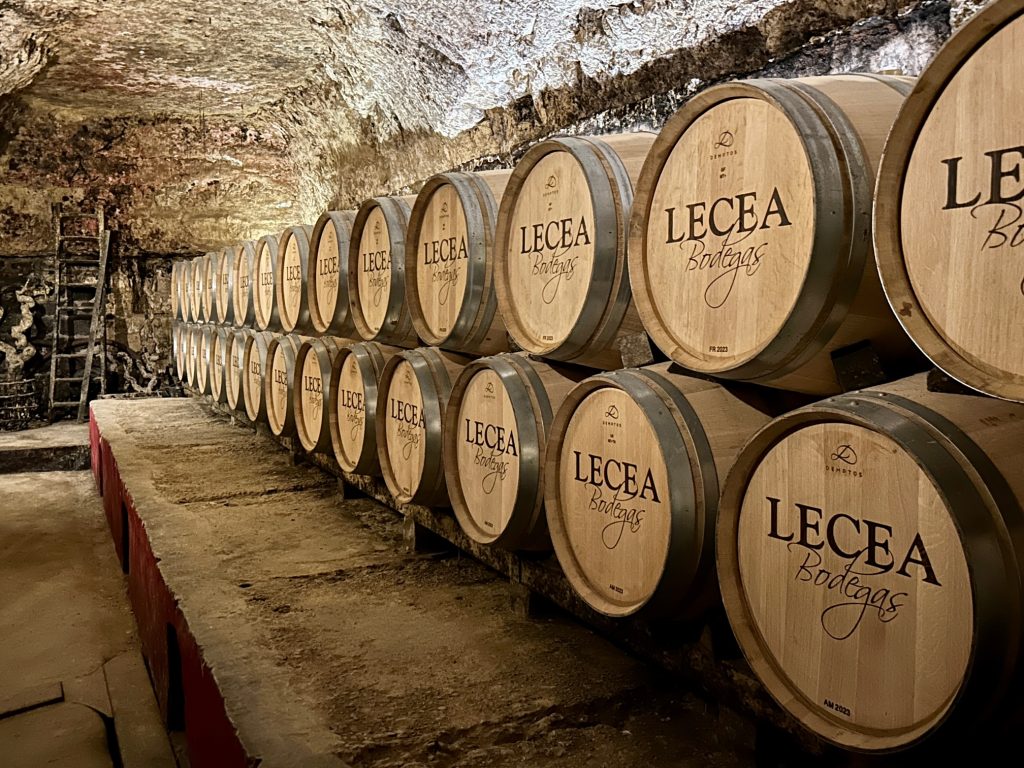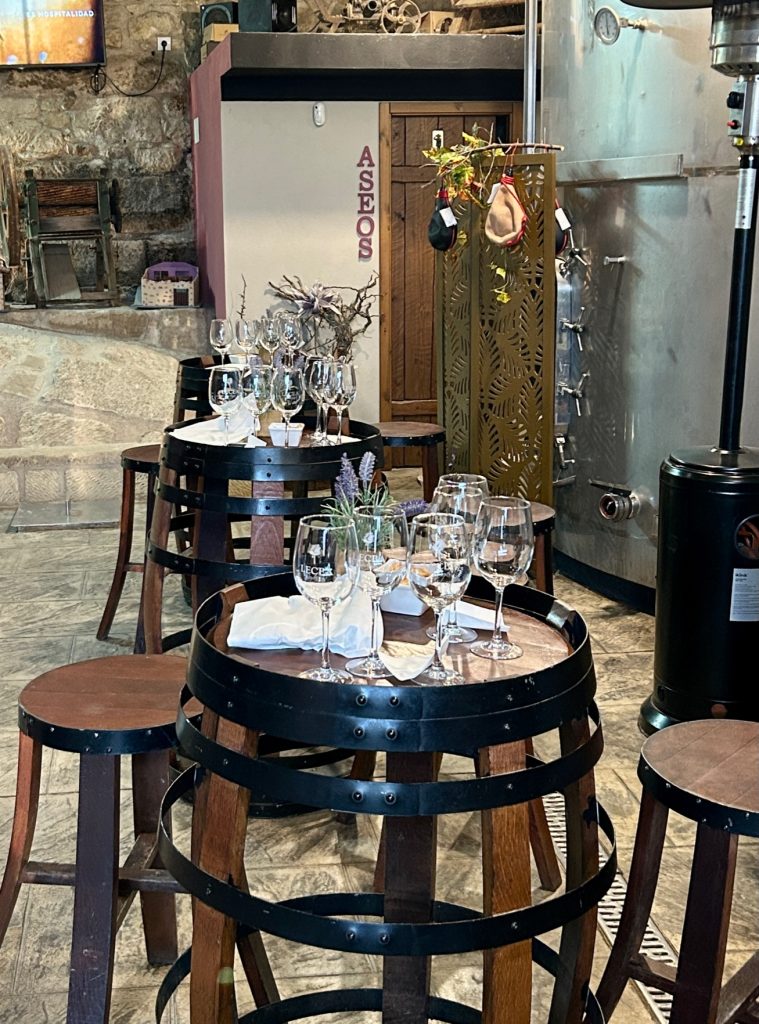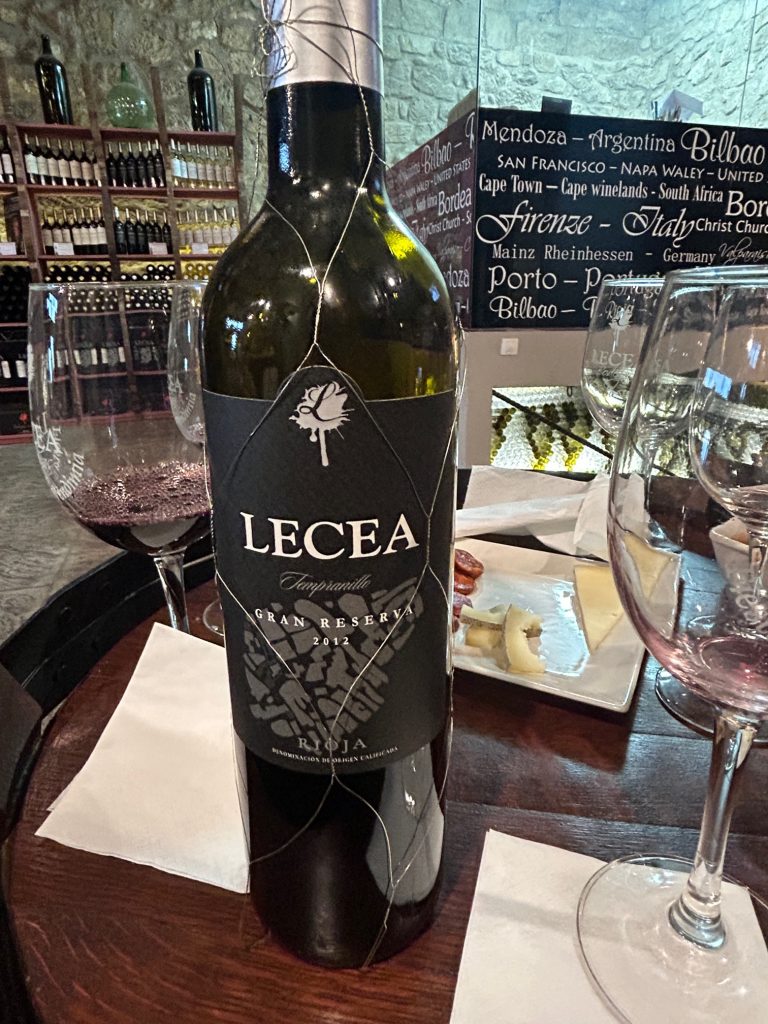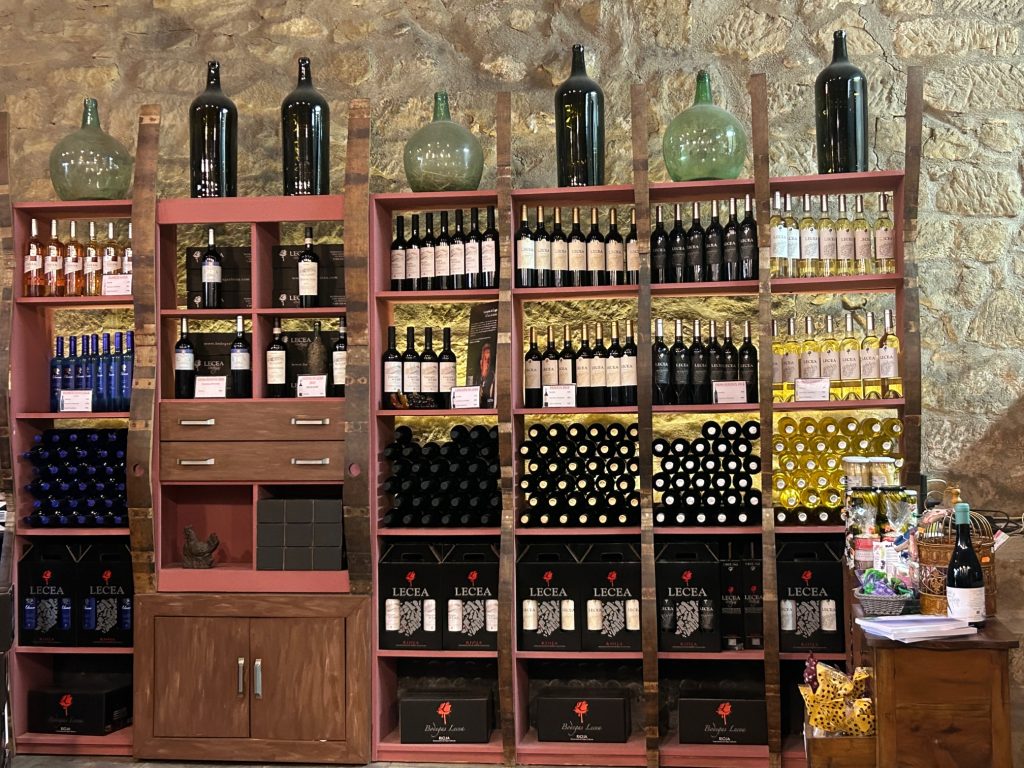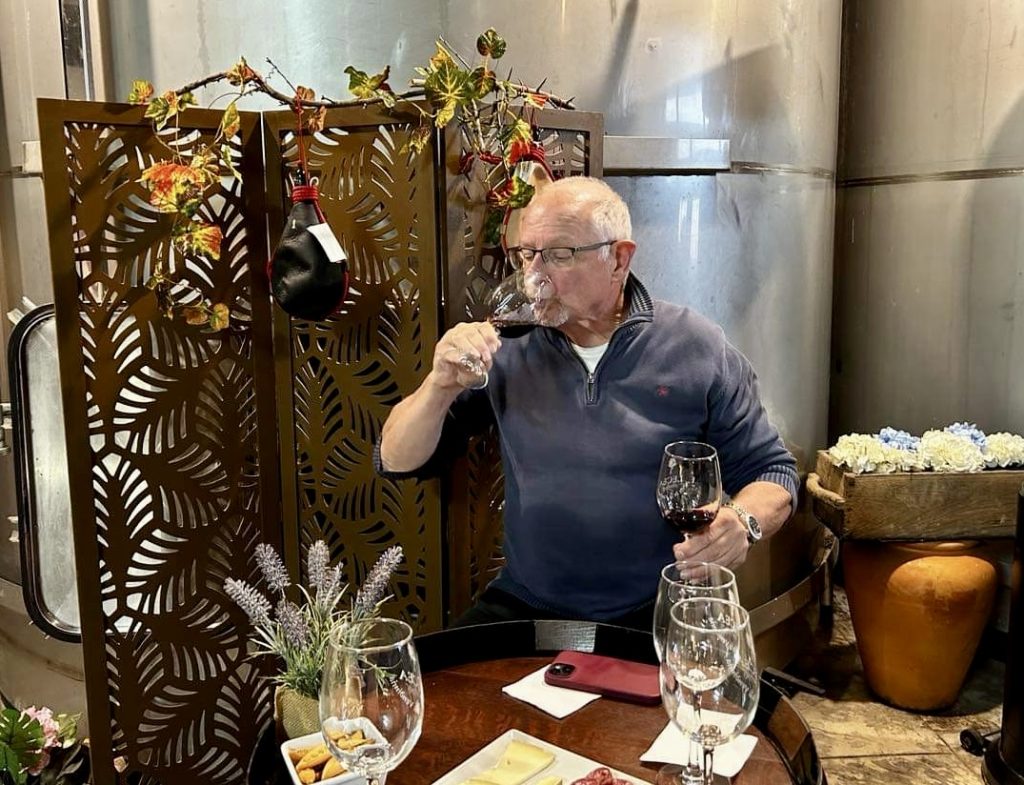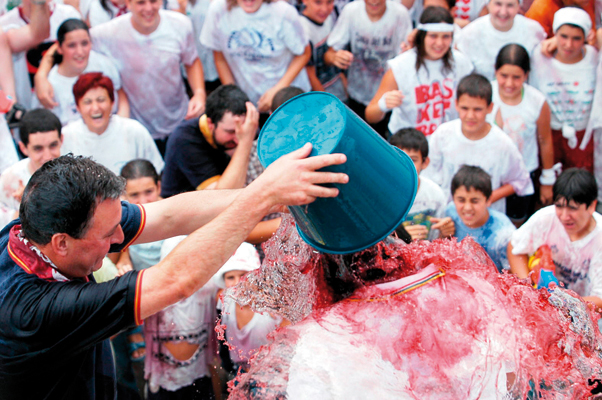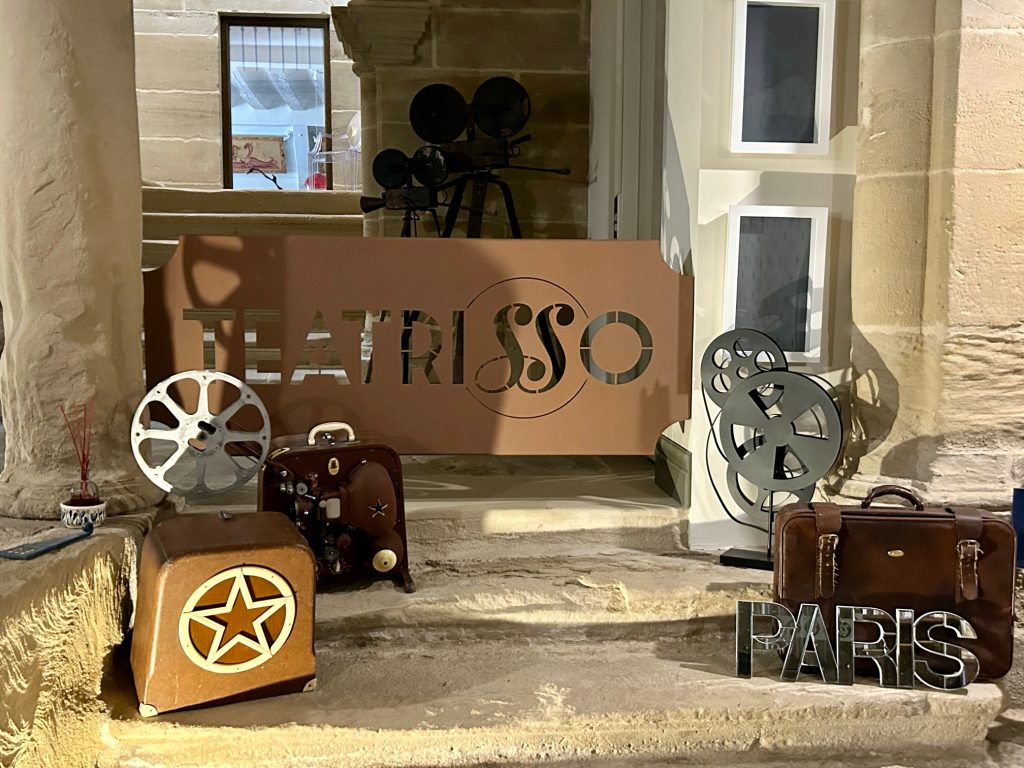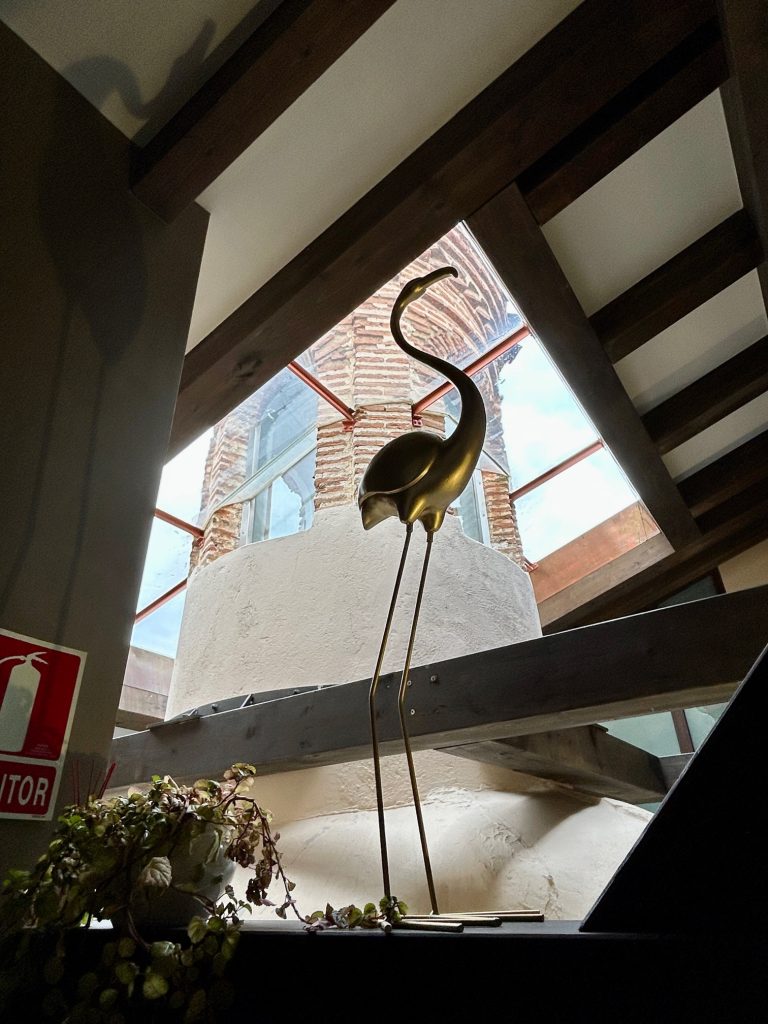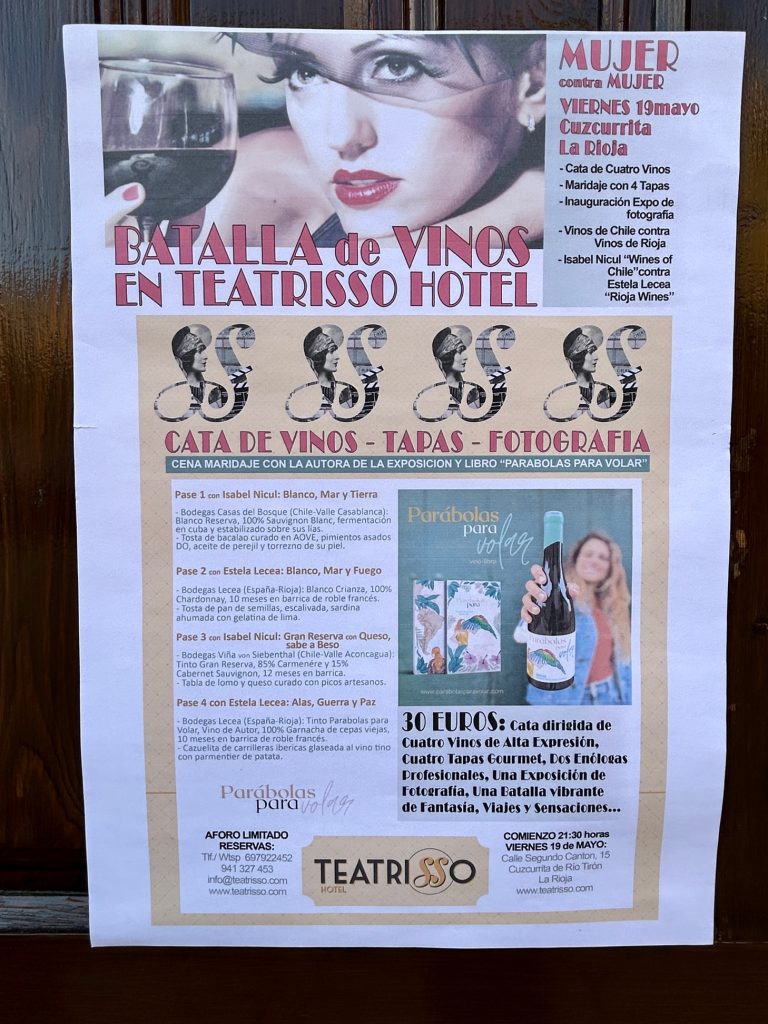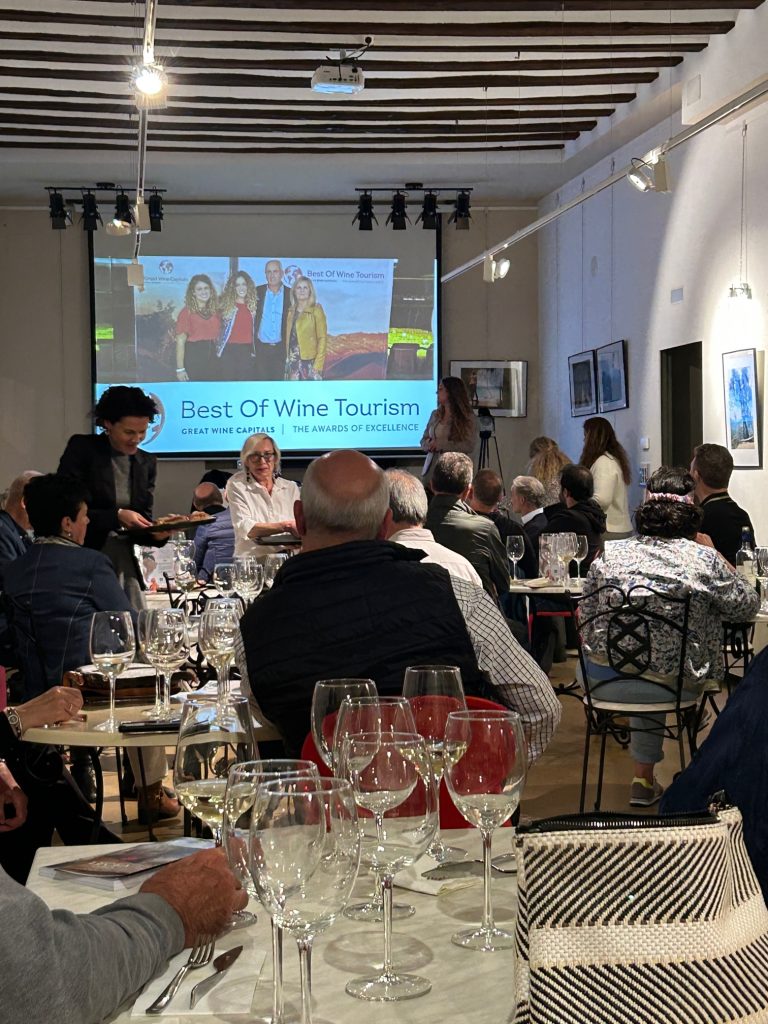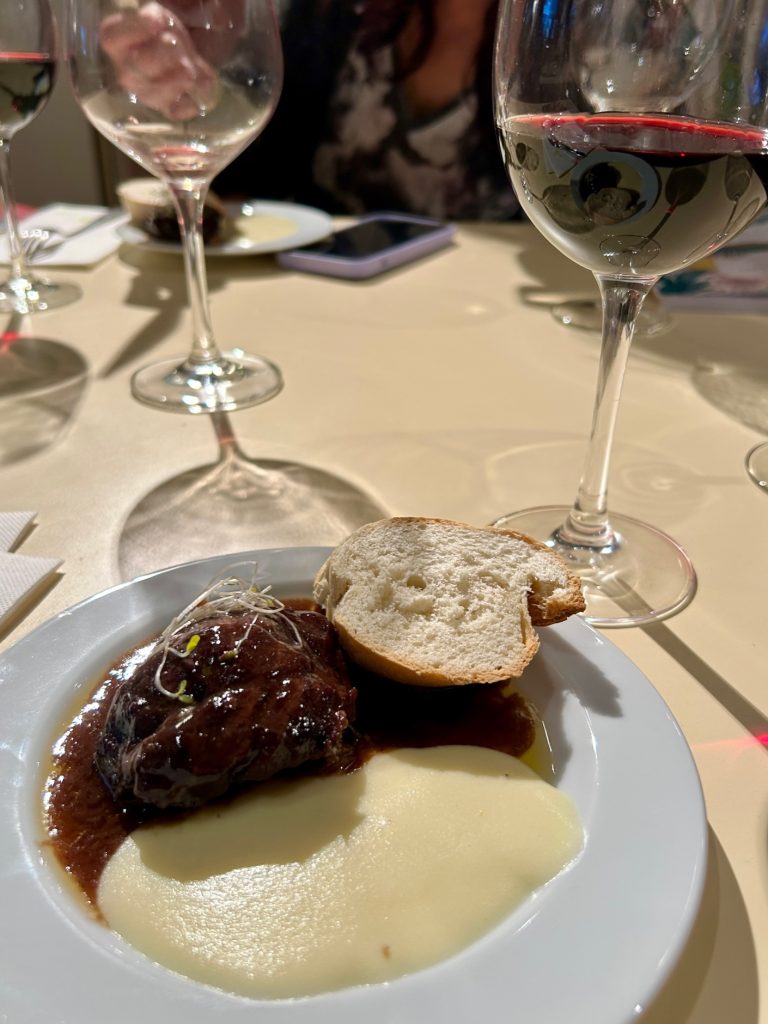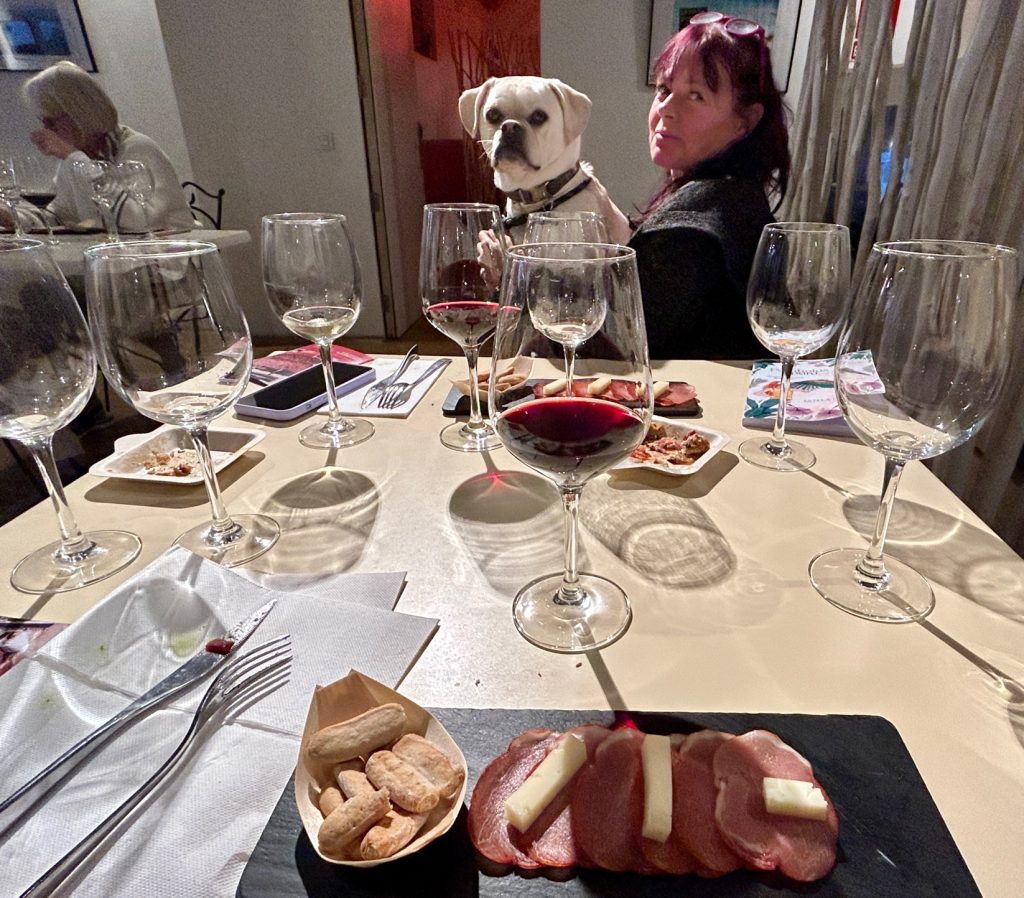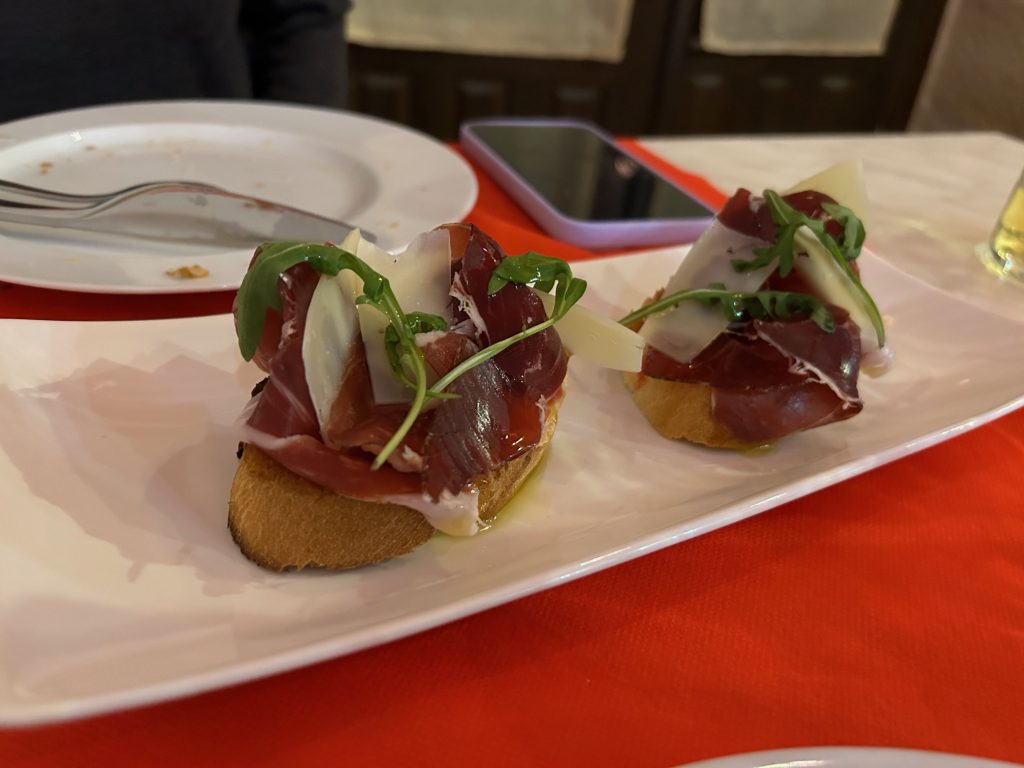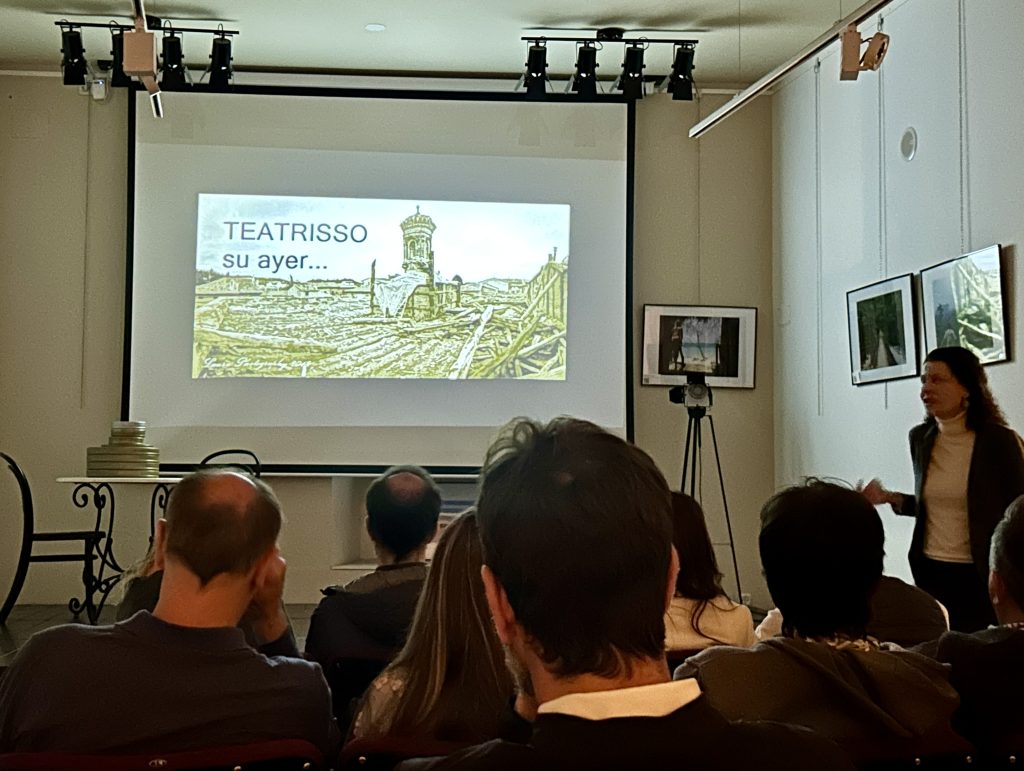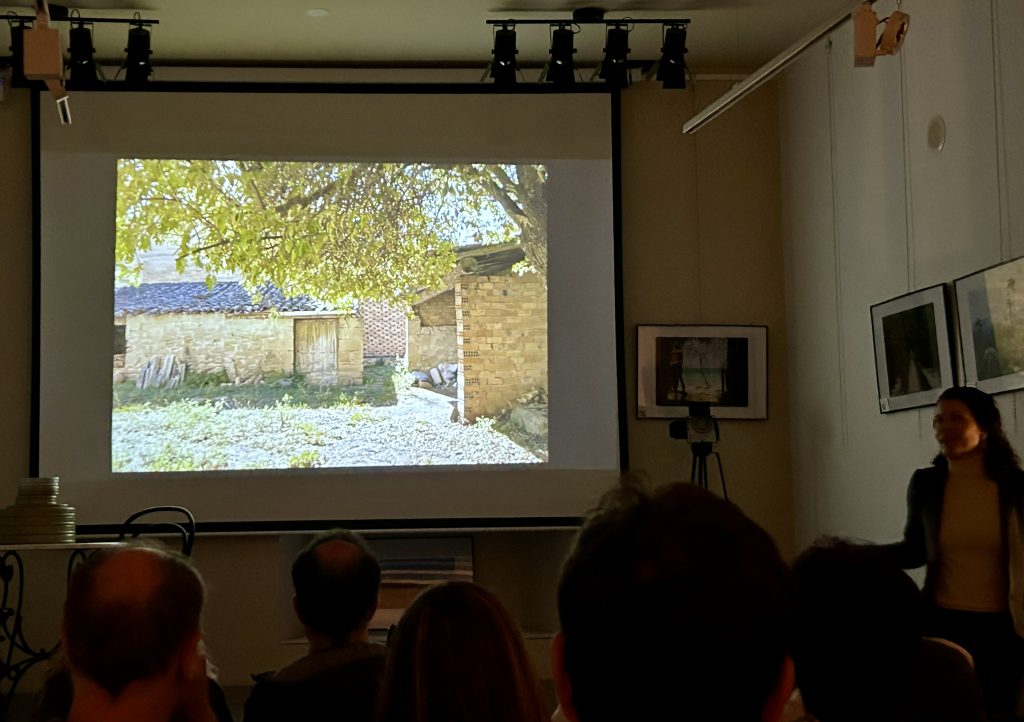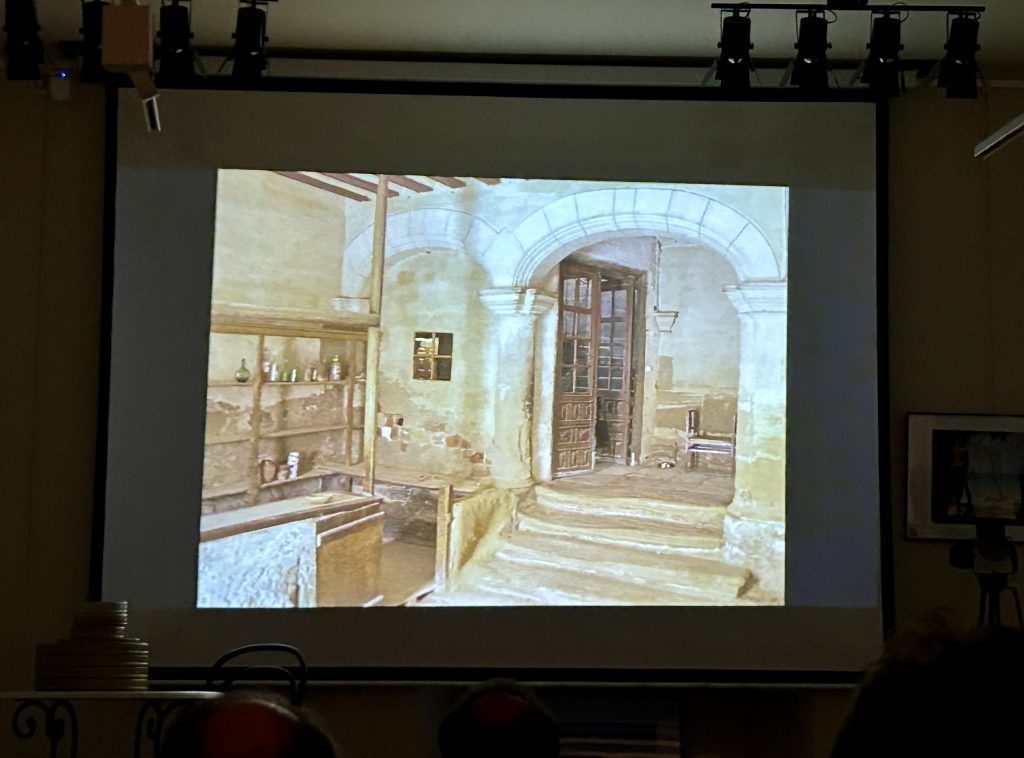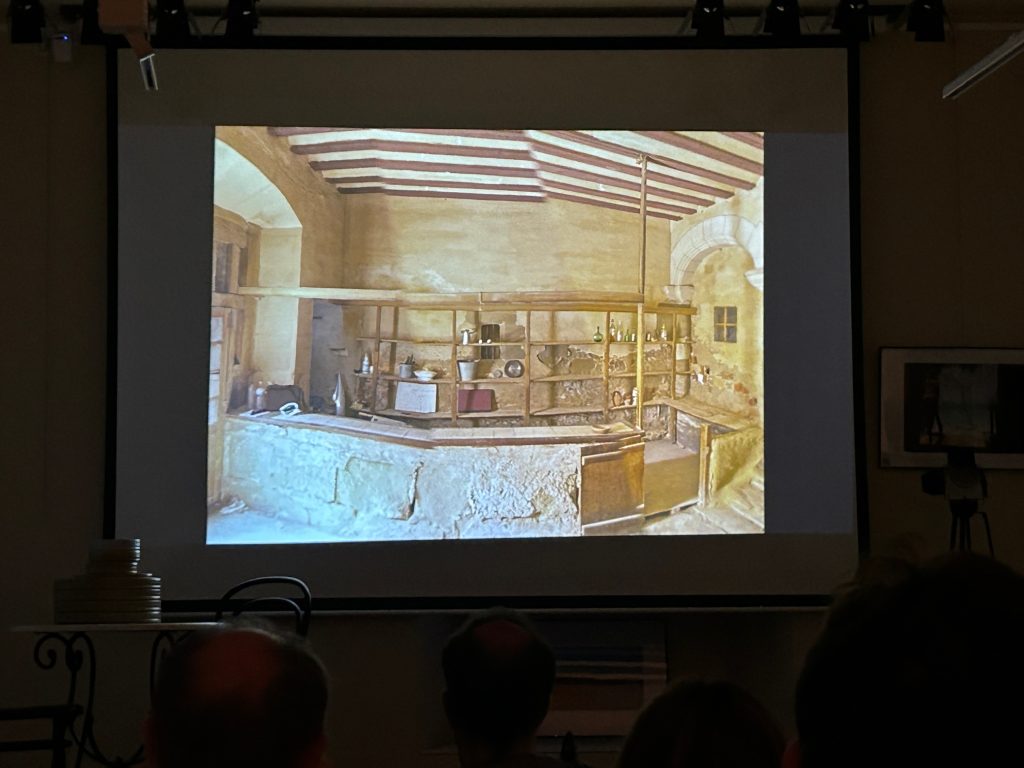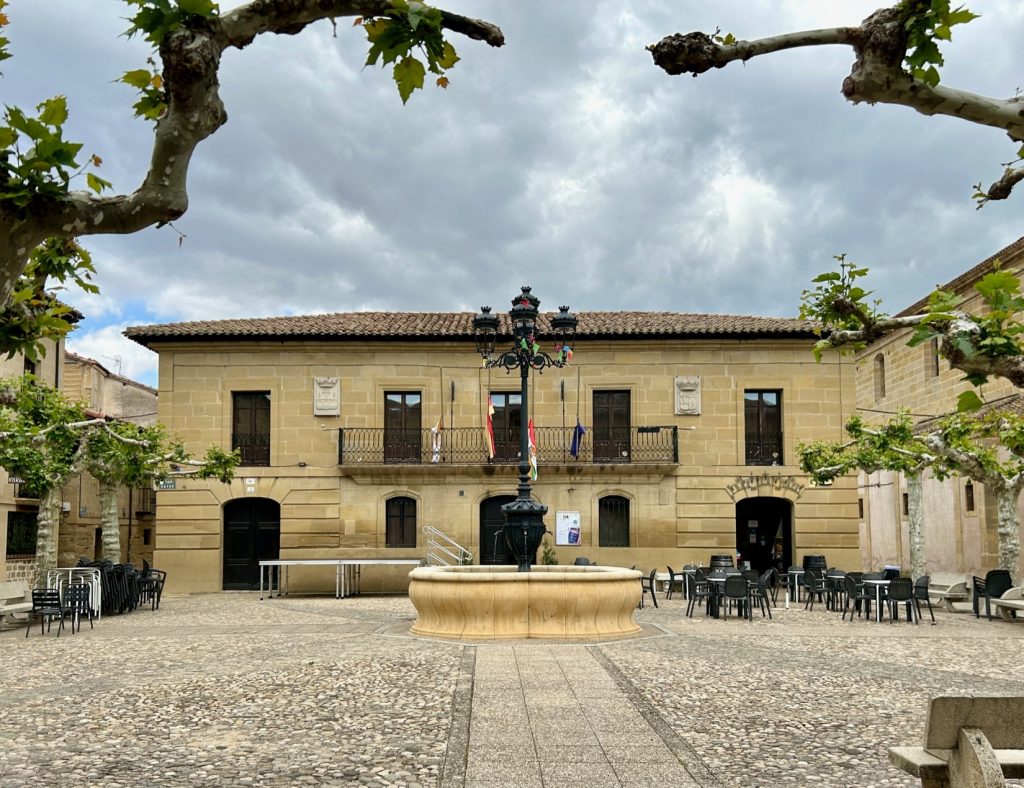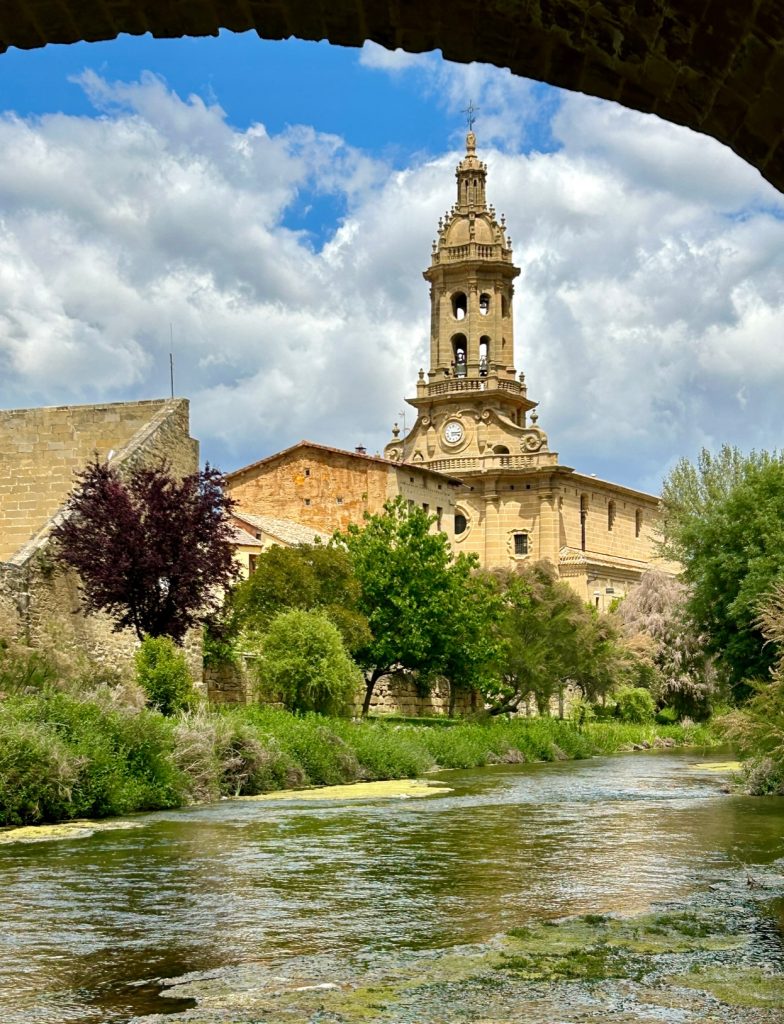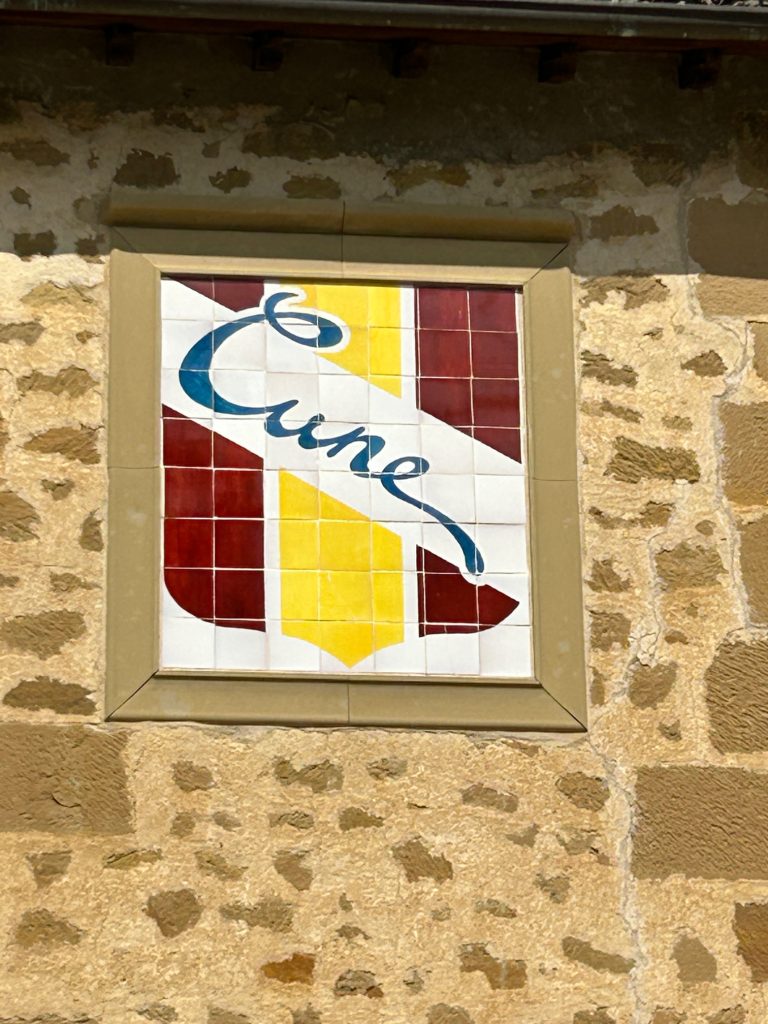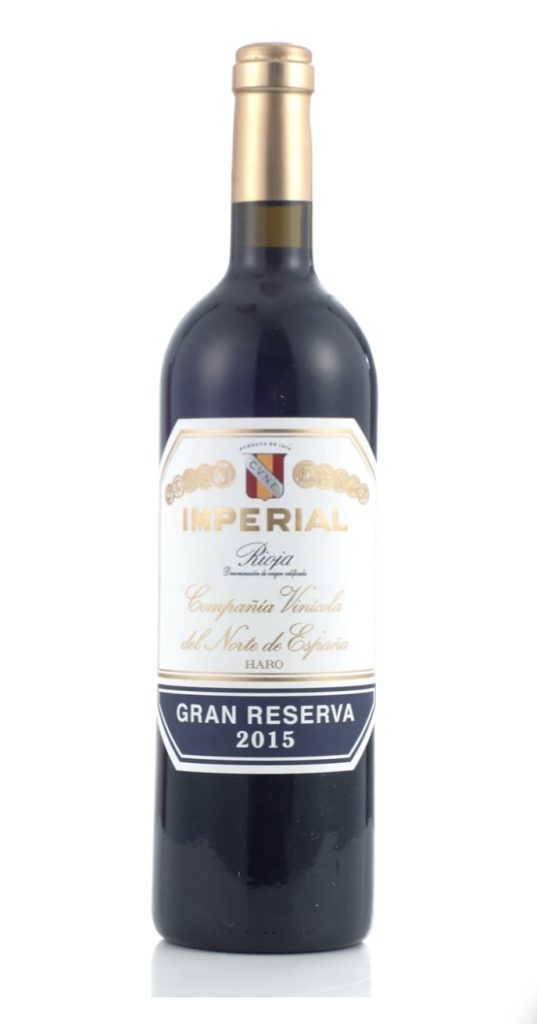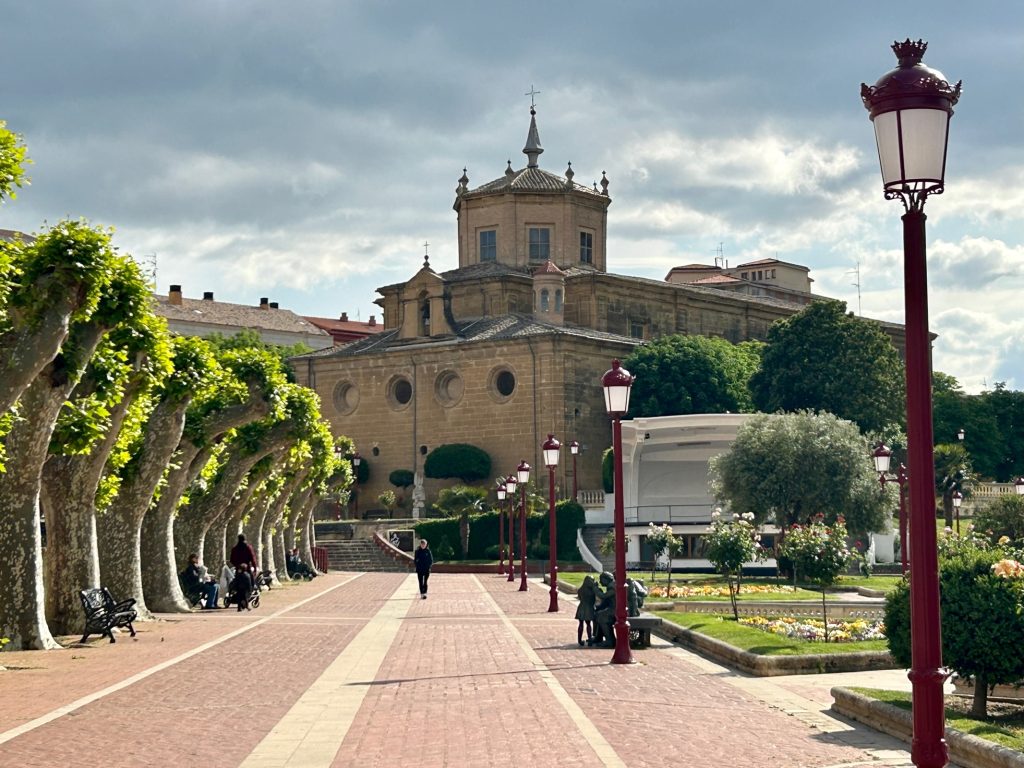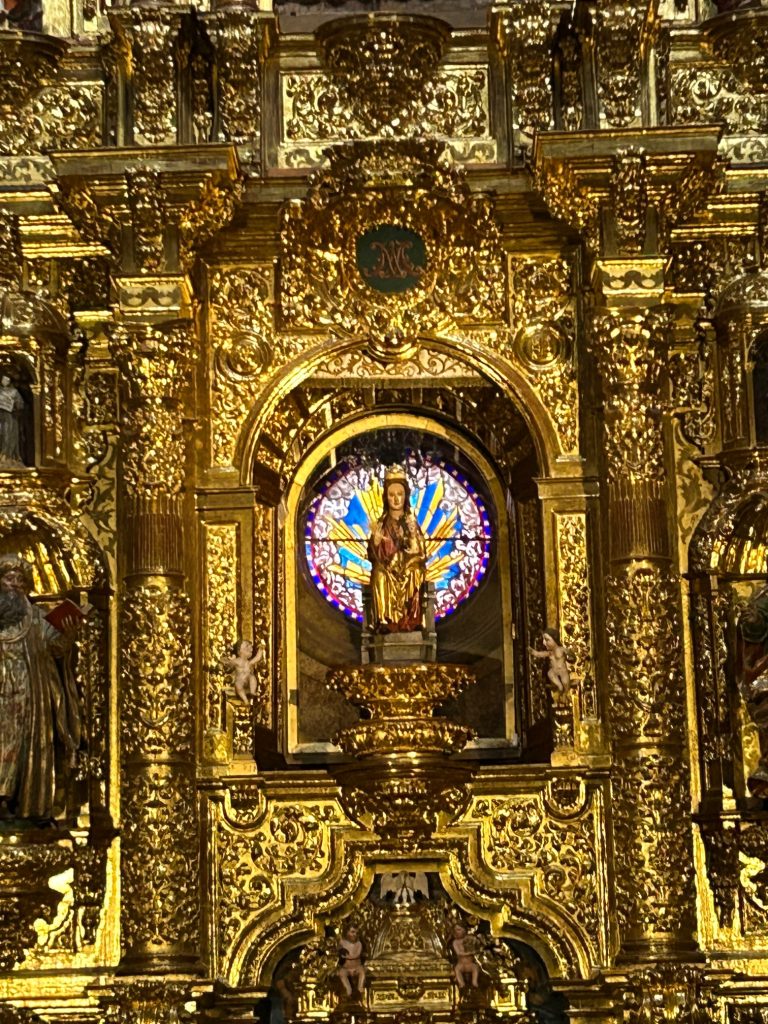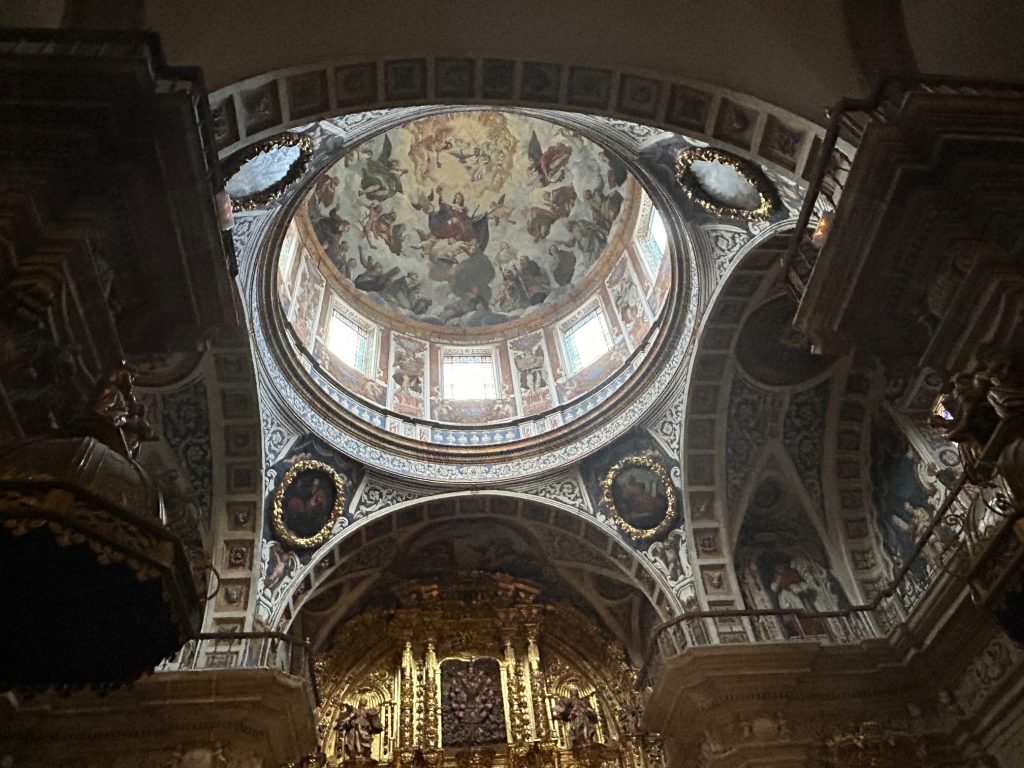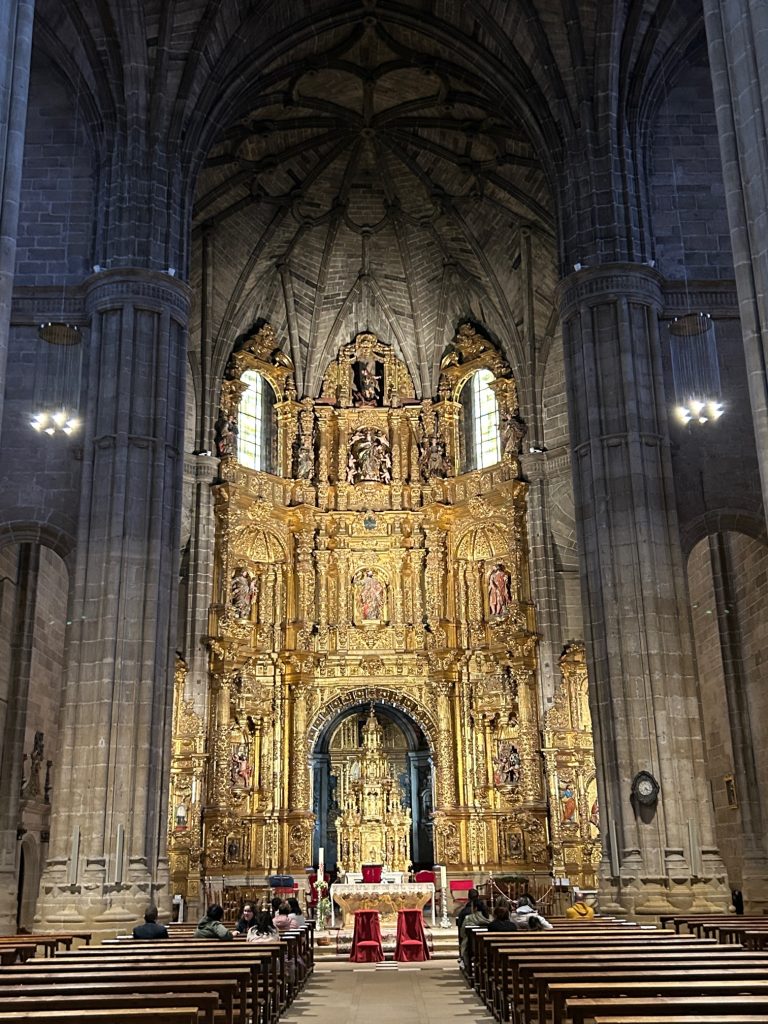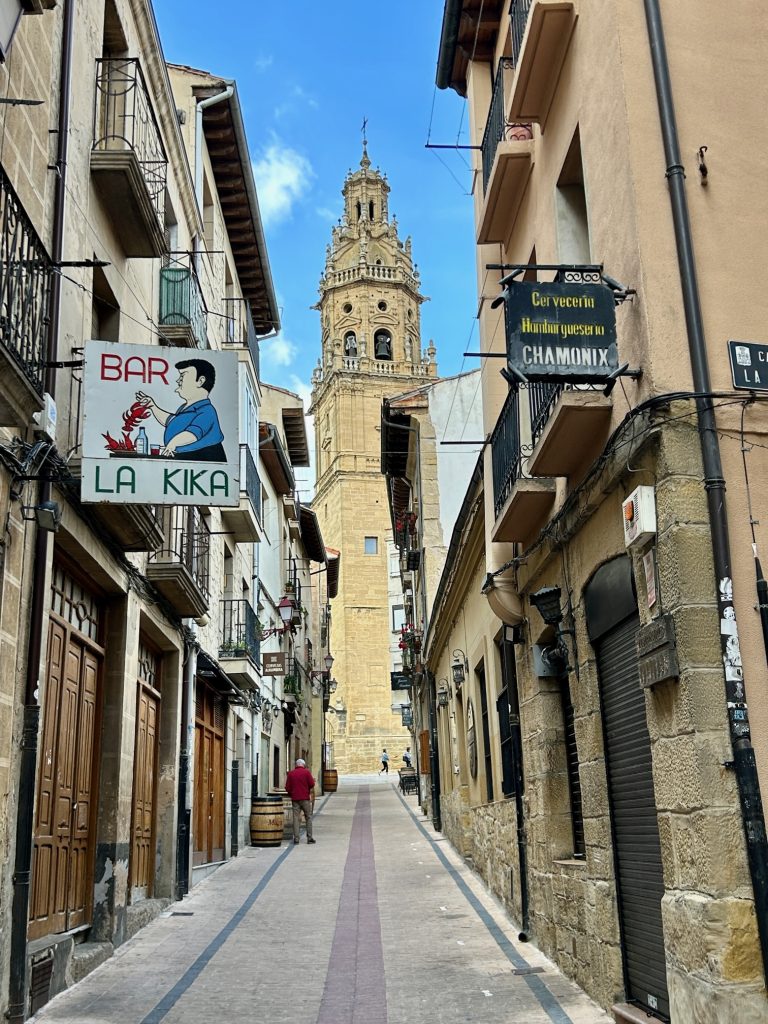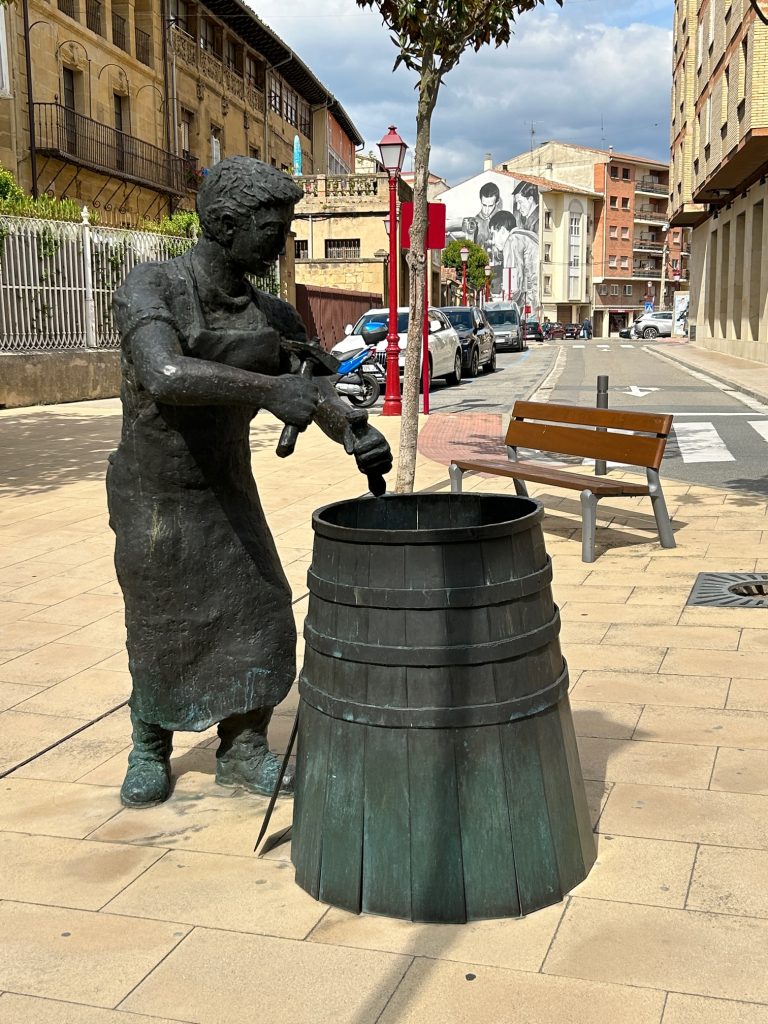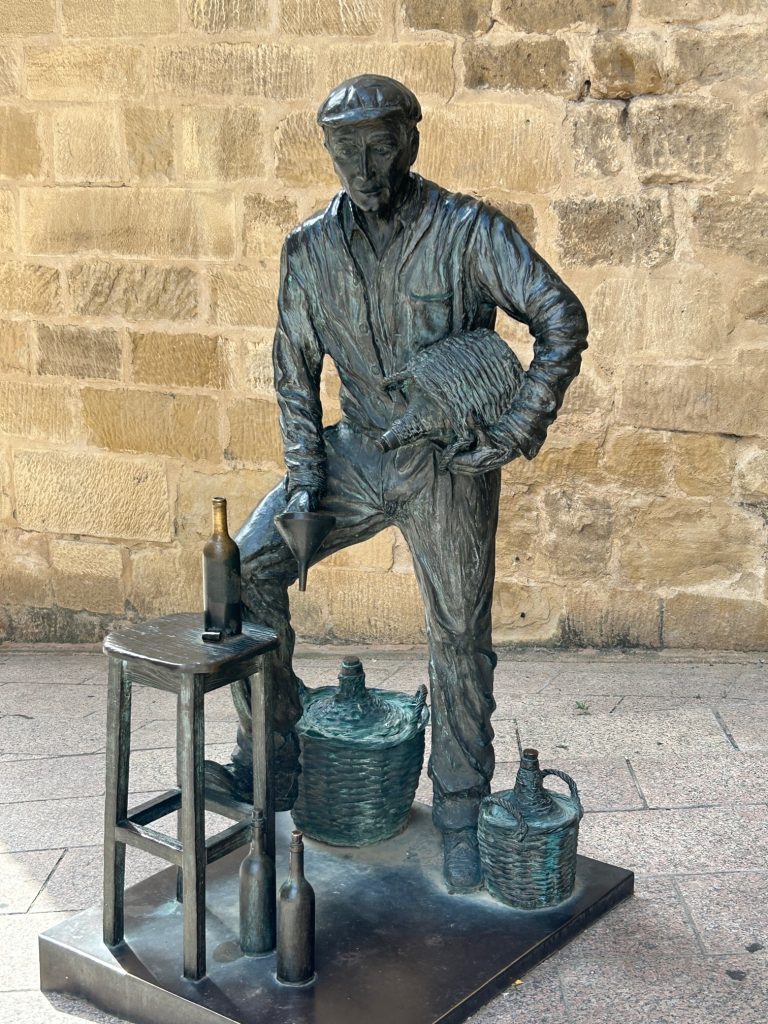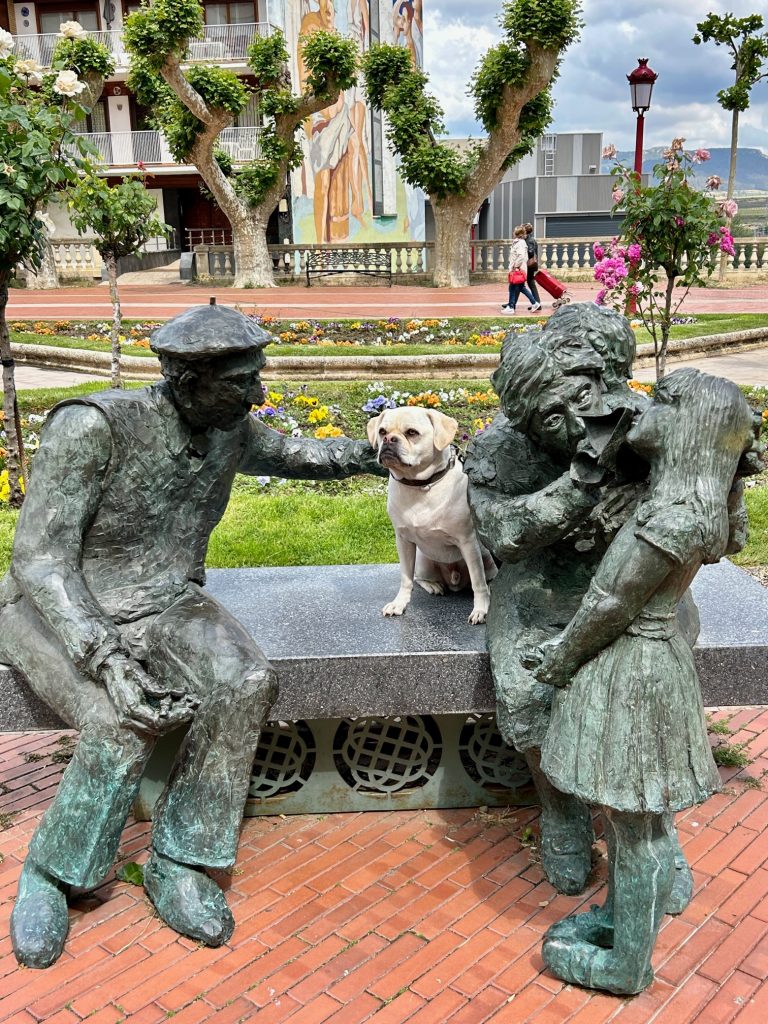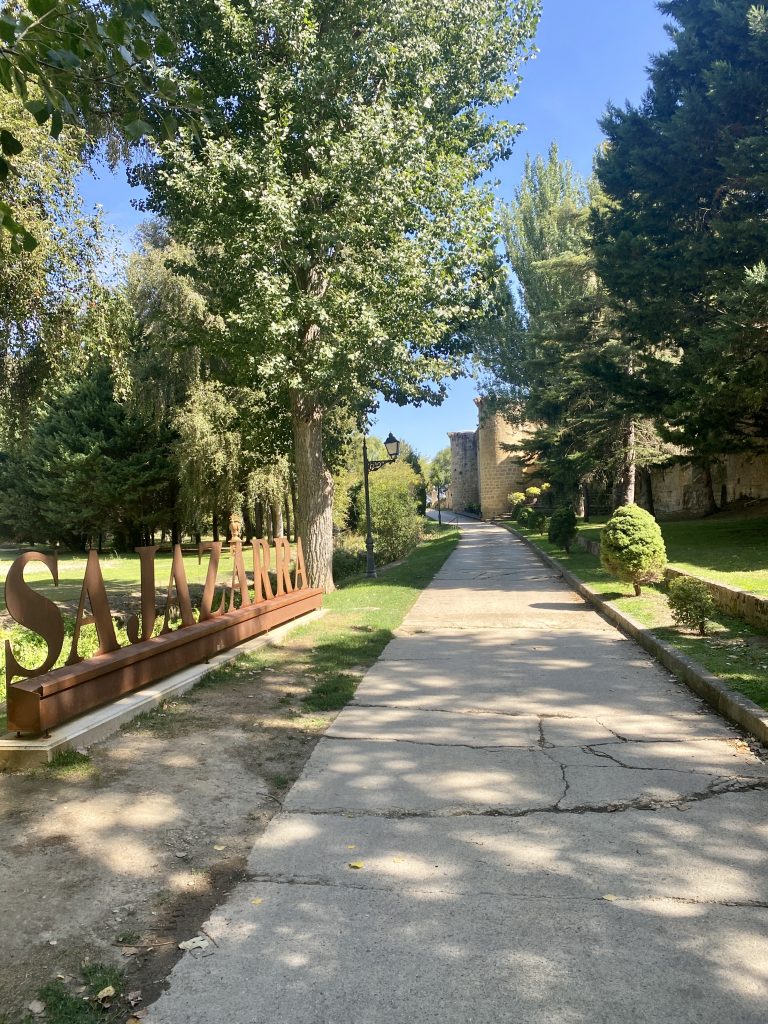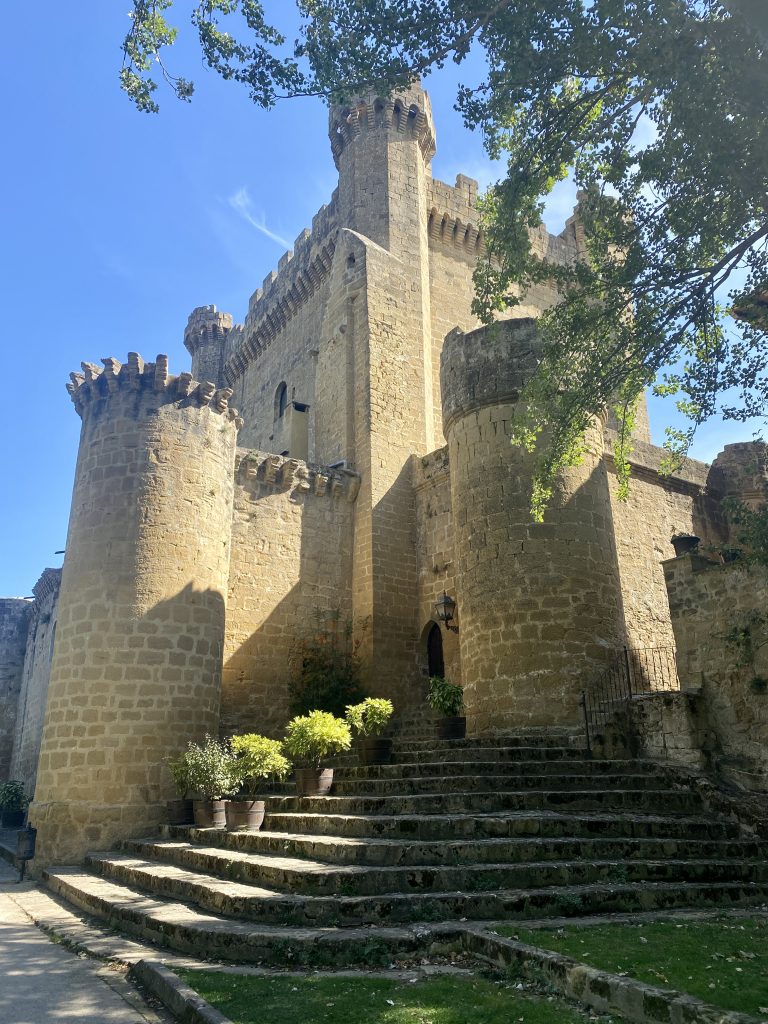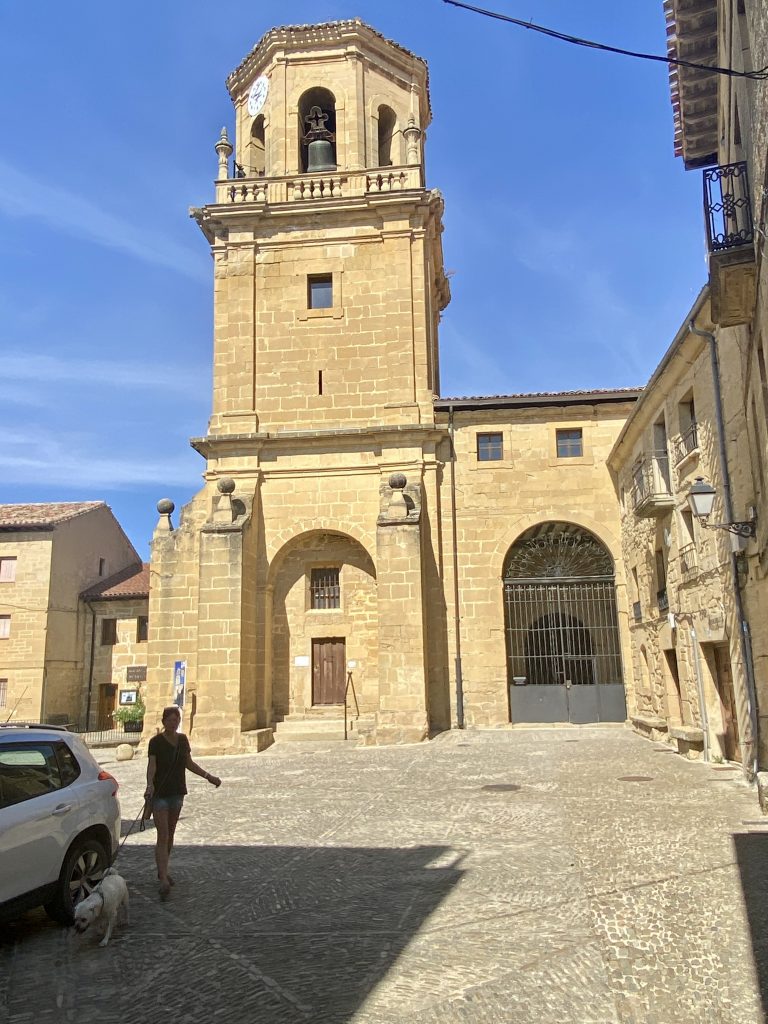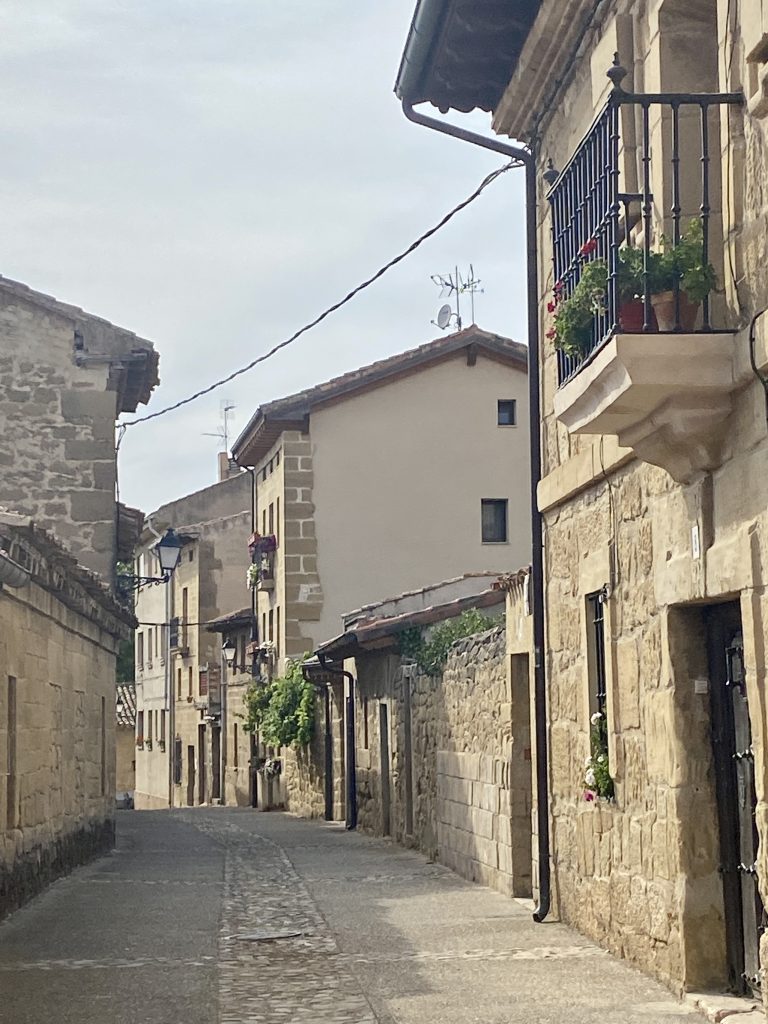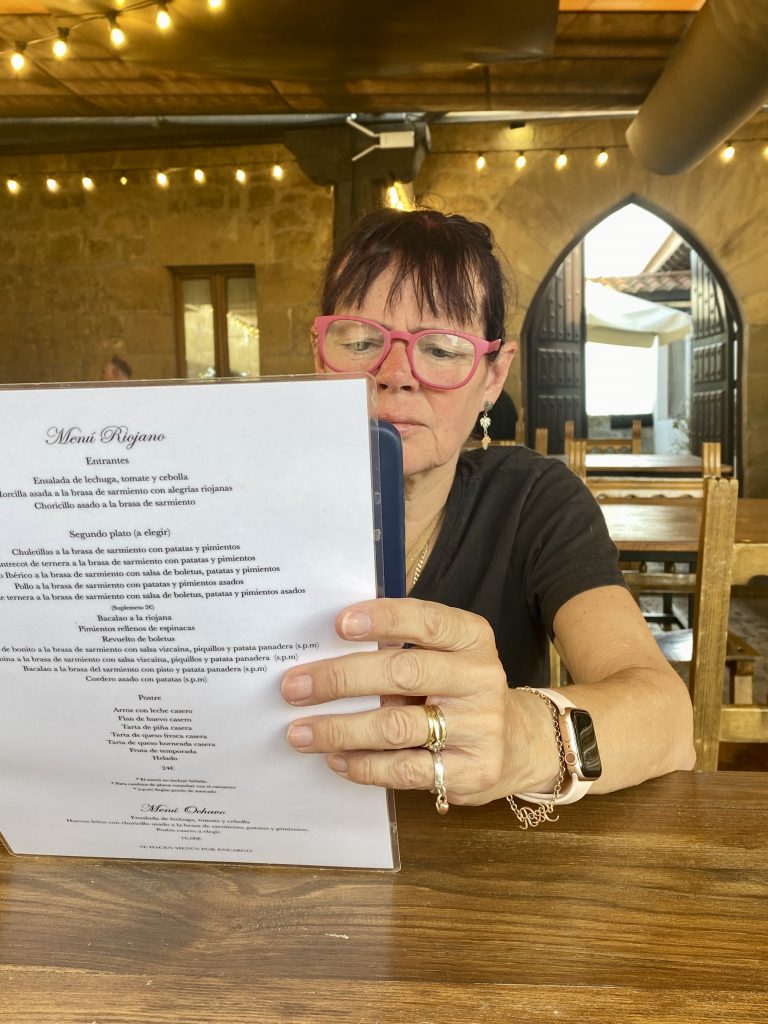Haro – Probably Vanya’s favourite town in Spain. We keep coming back and this has to be our 5th or 6th visit in the last few years. On this occasion we were looking to stay for the Friday and Saturday nights but ended up staying on for the Sunday night too. It was another party weekend in Haro.
I’ll not risk repeating myself by writing in any depth about the town and what it holds. You only have to read my earlier blogs for that information. Instead, I’ll write a little about how the people of Haro always seem to have something to celebrate. Vanya and I are convinced this town is the party capital of Spain. I’ve written previously about the annual wine celebrations of 29 June when the people of Haro and Miranda de Ebro have a wine fight and 3 day wine party (see Tour 6) and, more recently, I wrote about the ‘Battle of the Bands’ (see Tour 9). Well, as we arrived this time it seemed a football party was under way and this too was set to last for 3 days.
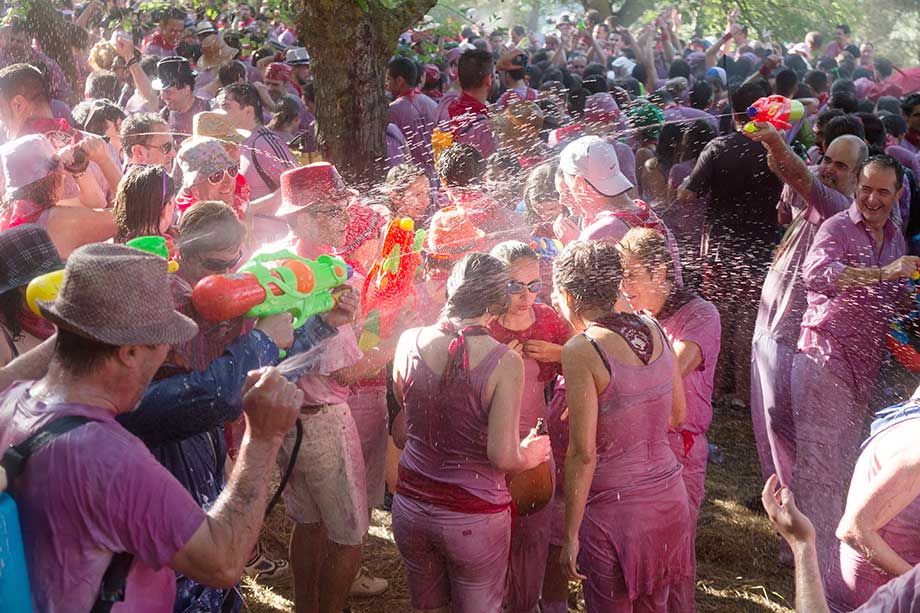
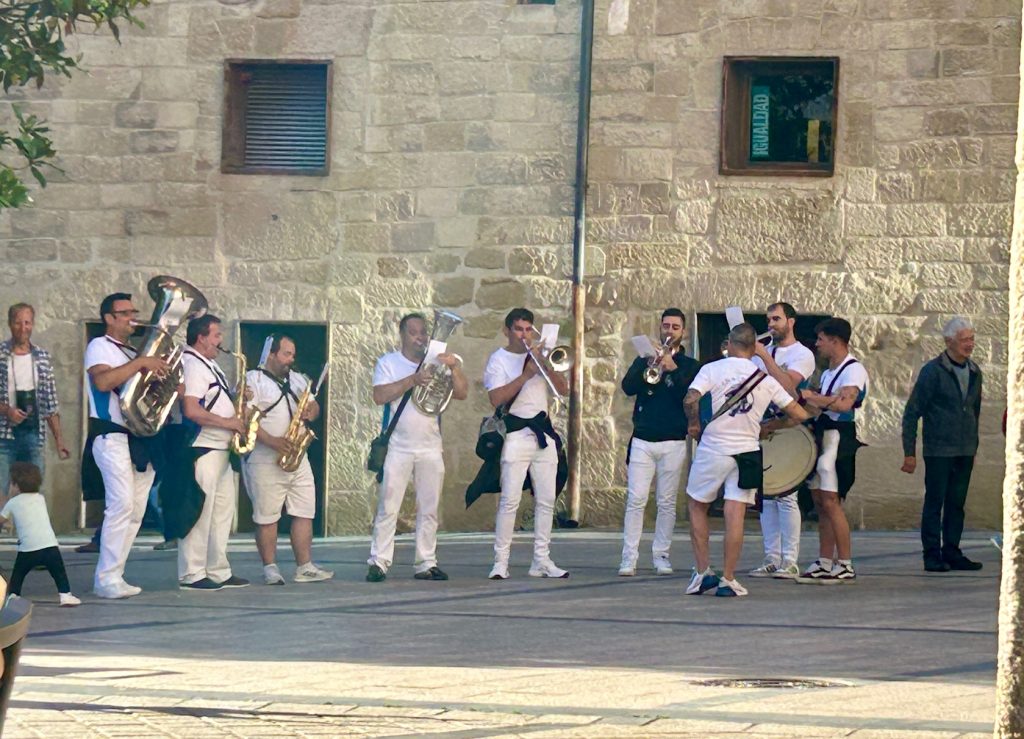
As we arrived on Plaza de la Paz for pre-dinner drinks, it was clear something special was going on in Haro. Crowds of people wearing Athletic Bilbao football shirts were gathering and almost everything on the plaza was bedecked in Athletic Bilbao’s red and white colours; including the Bandstand upon which two bands, Los Otros and a Metallica tribute band called Harollica, were noisily tuning their musical instruments. Oh, and one of Haro’s ‘oompah’ bands wearing red and white were playing lively music and strutting their stuff all around the old town. Haro appears to support Athletic Bilbao almost to a man and they were hosting the 51st International Congress of Athletic (Supporters) Clubs which would see some 400 more Athletic fans from all over Spain descend on the town for three days partying. That the festival should have started the day after Athletic Bilbao had lost 3-0 to Manchester United in the first leg of the Europa Cup semi-final was perhaps an unhappy coincidence but; no, if anything, it seemed to add to the occasion. It appeared the Athletic fans were determined this setback should not ruin their celebrations especially since their team are having, by any standards, a very good season.
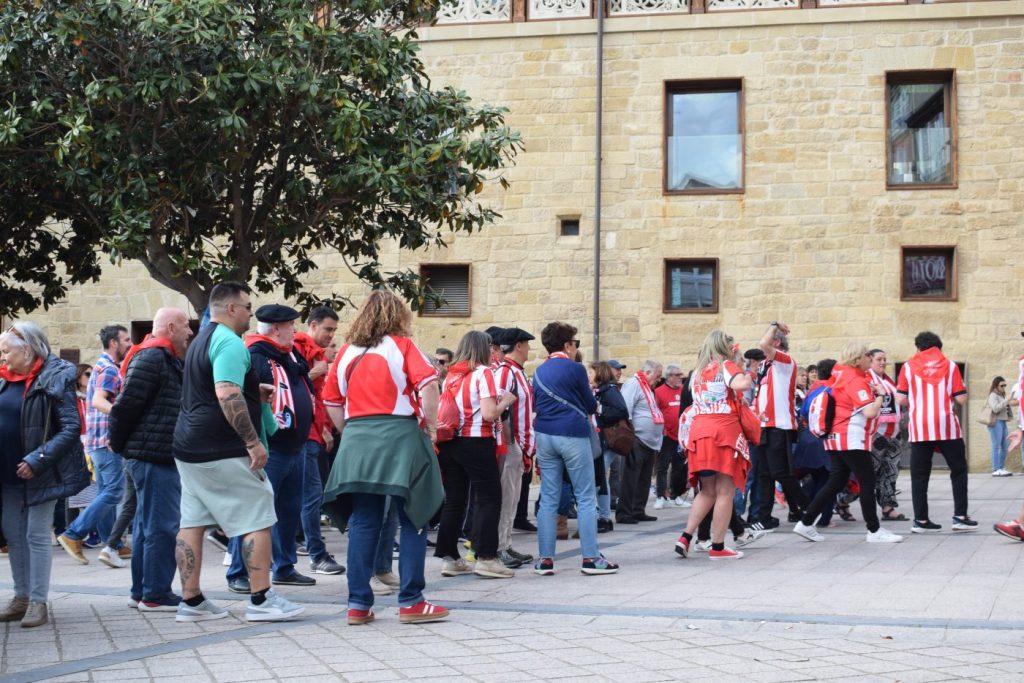
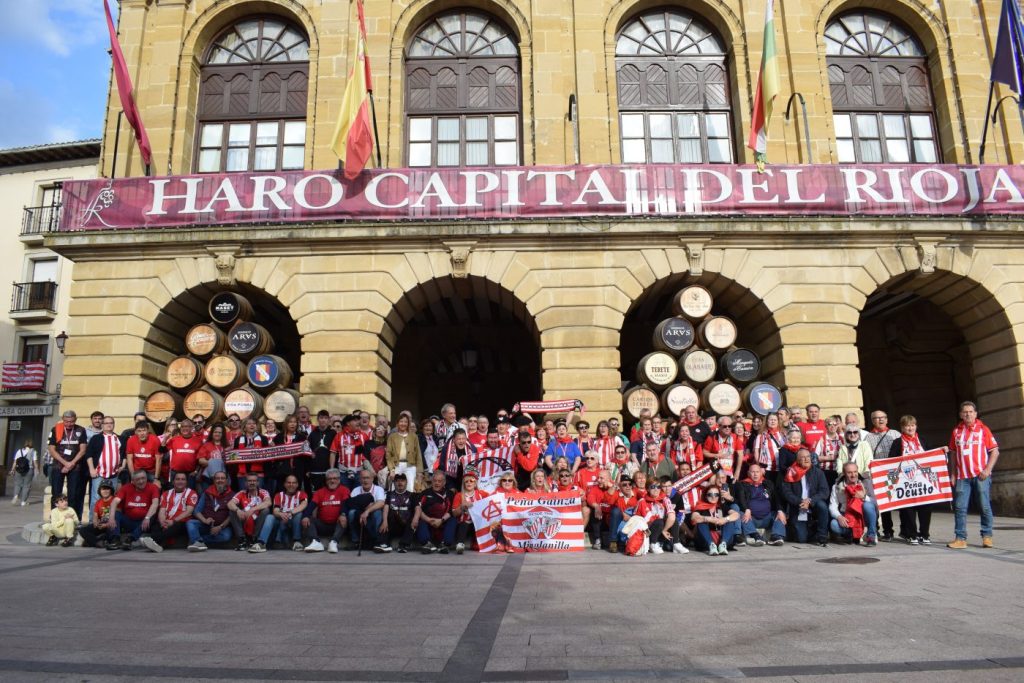
Athletic Bilbao are currently 4th in Spain’s La Liga and have reached the semi-finals of the Europa Cup. That’s no mean feat given that they operate what is known as the ‘Cantera Policy’. This Policy limits the club’s player selection to those who are either born in the Basque Country or have been trained in football within the region. They’ve operated this policy since 1912 and it is born of a will to promote local talent and, most especially, preserve the club’s Basque heritage. To date no player without Basque origins or ancestry has ever played for the club. Of course this means that they have a considerably more limited pool of players to draw upon than any other Spanish football team and for them to have made even the semi-final of the Europa Cup is a great achievement and well worth celebrating. So they did. They went mental and we were delighted to have been able to share in their celebrations.

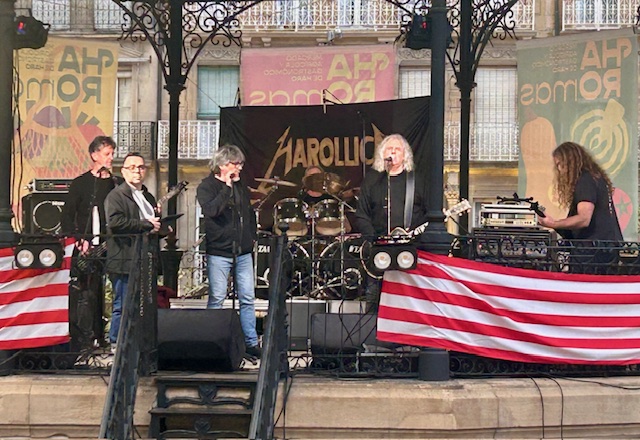


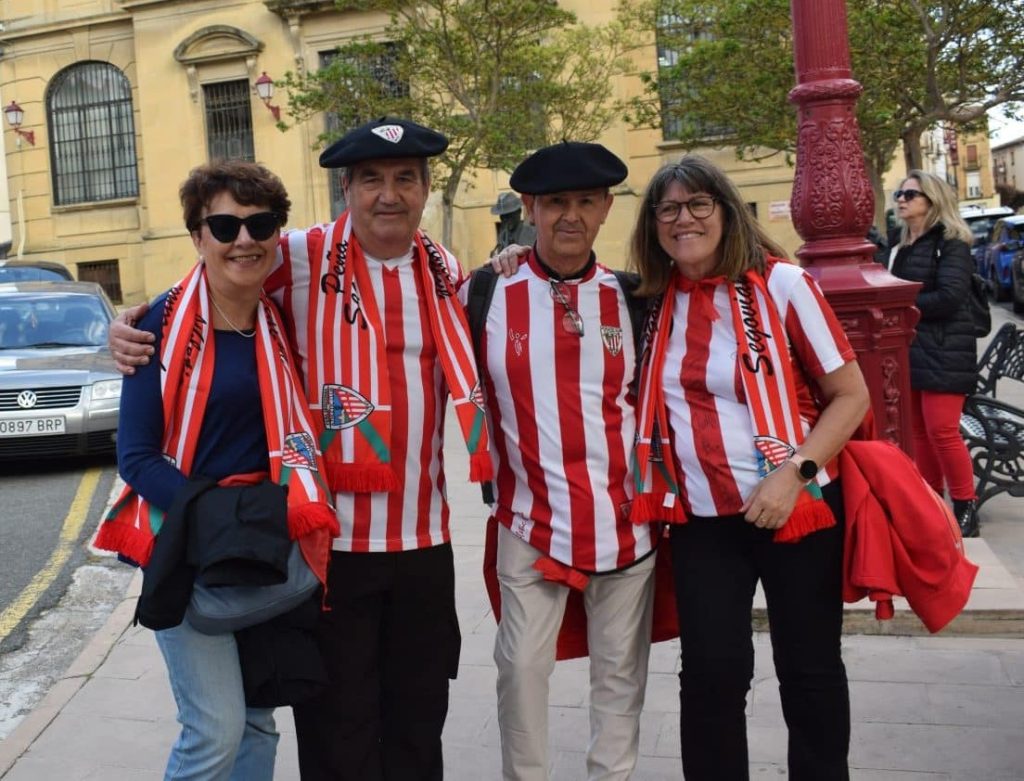

There was one downside to the sudden influx of Athletic Bilbao fans from other parts of Spain. The bodegas in the station district were packed solid; so much so, we were unable to get into the MUGA! We did however get into Bodega Balbainas (which very much pleased Vanya) and for the first time ever, they allowed us to bring Nala and Beanie inside. Once again Vanya broke with tradition and started drinking during the day (she was never going to resist the Lumen) and I discovered a very excellent (if expensive) red by the name of Vina Zaco. We had a great time and by the time we had finished, we were wiped out for the rest of the day.



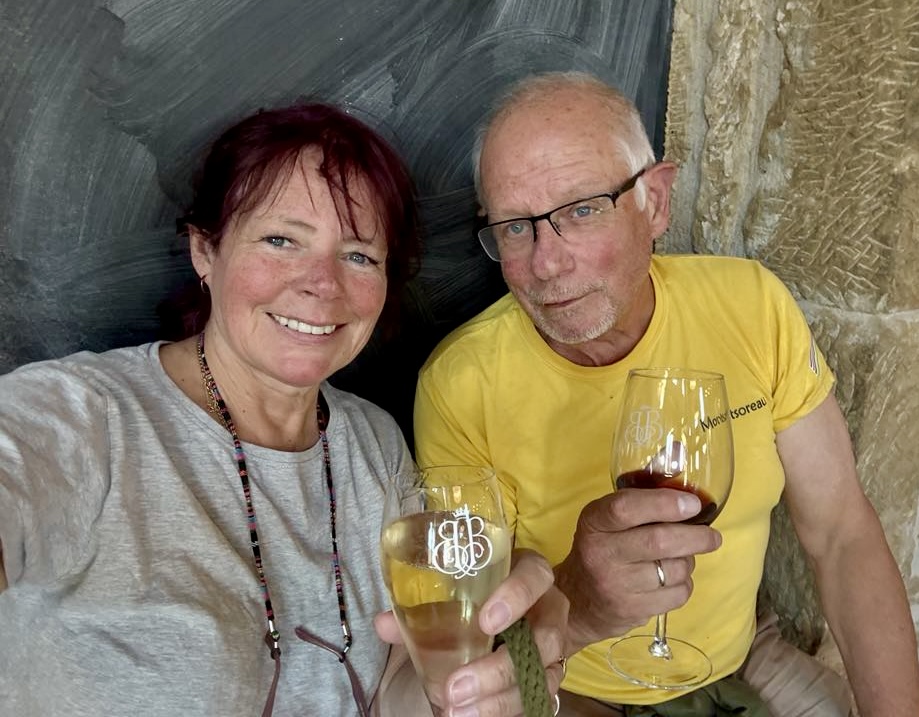
Haro just gets better and better!

